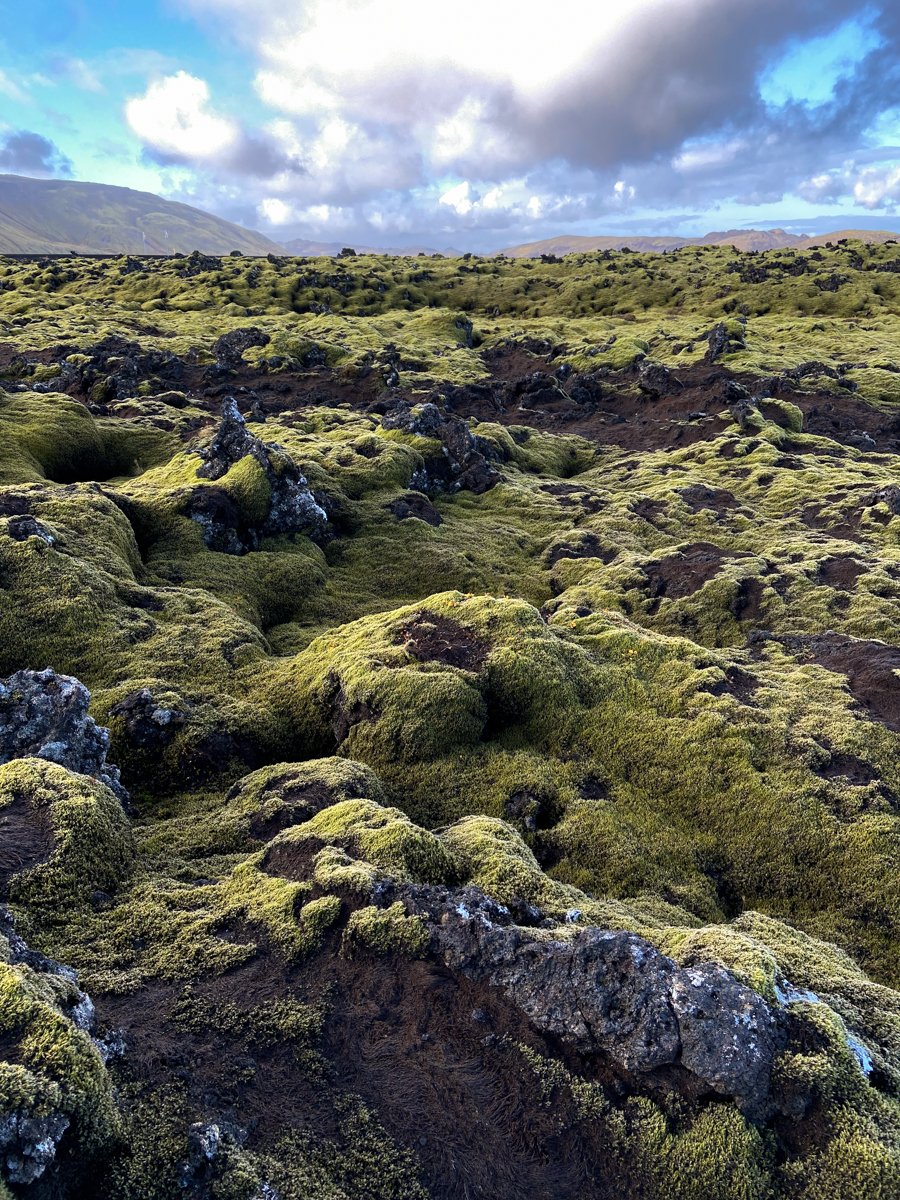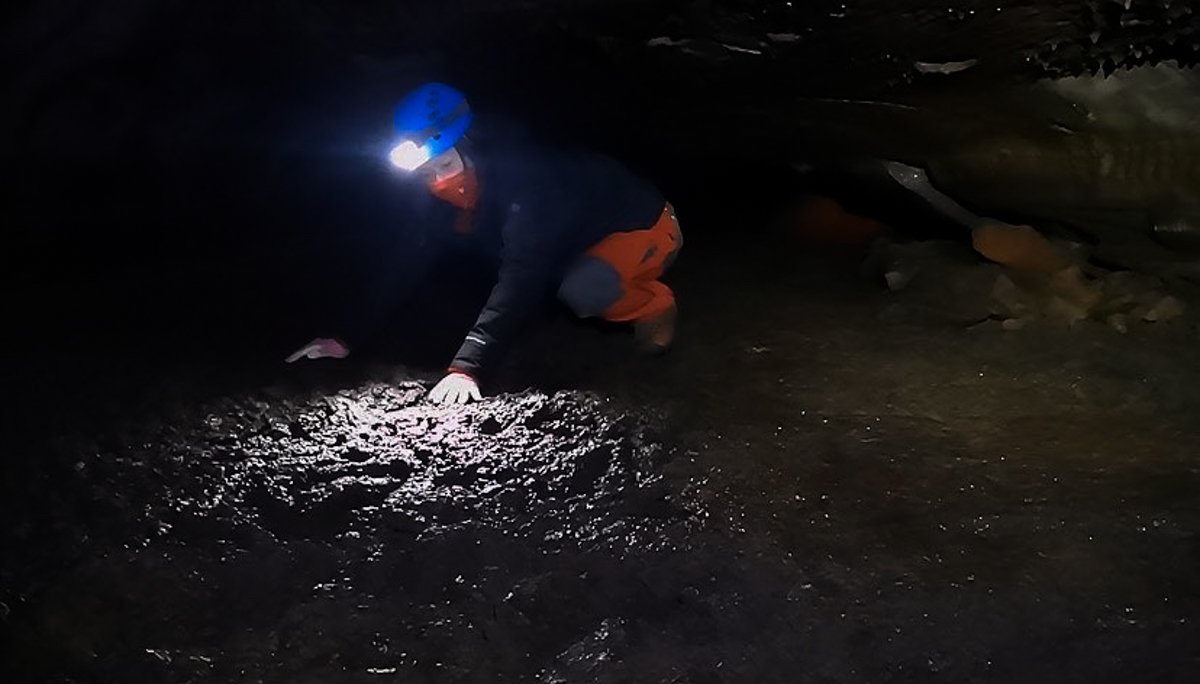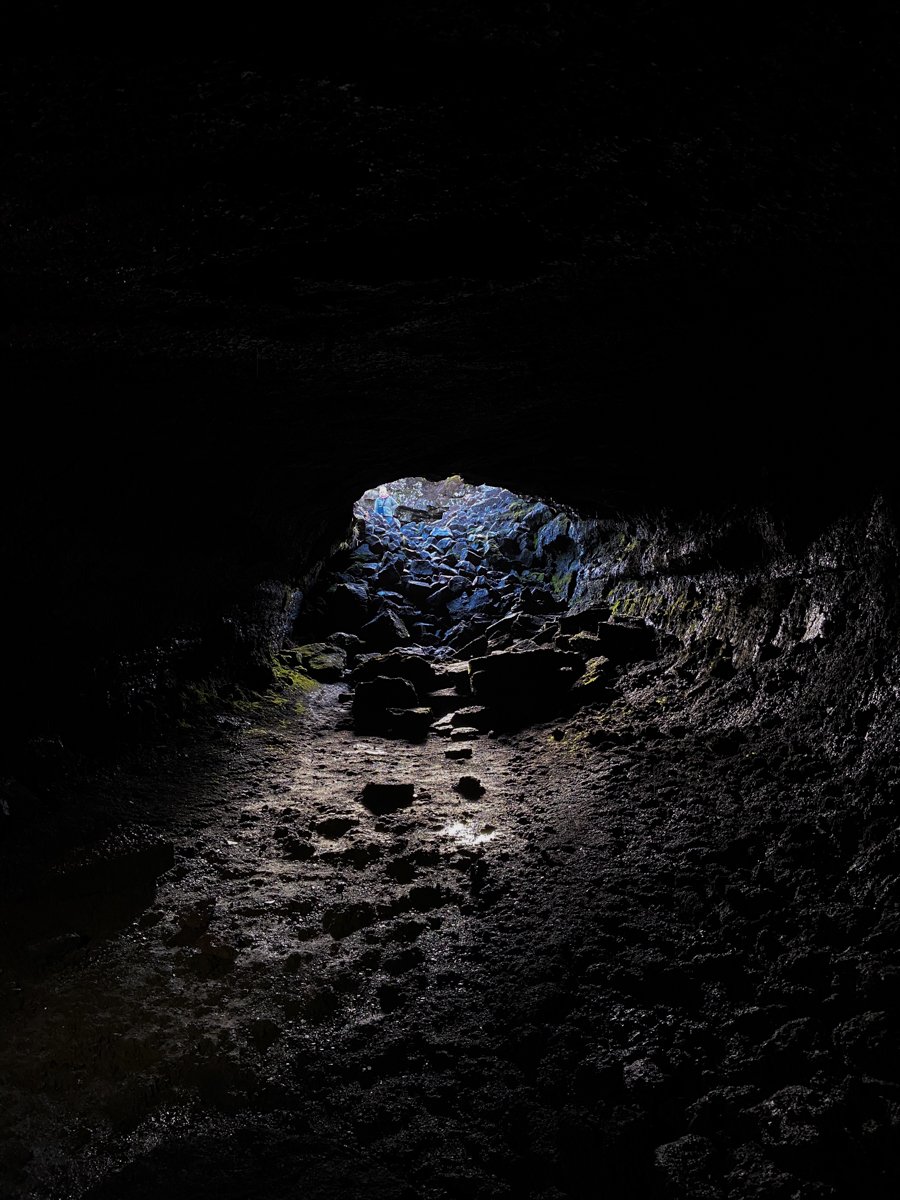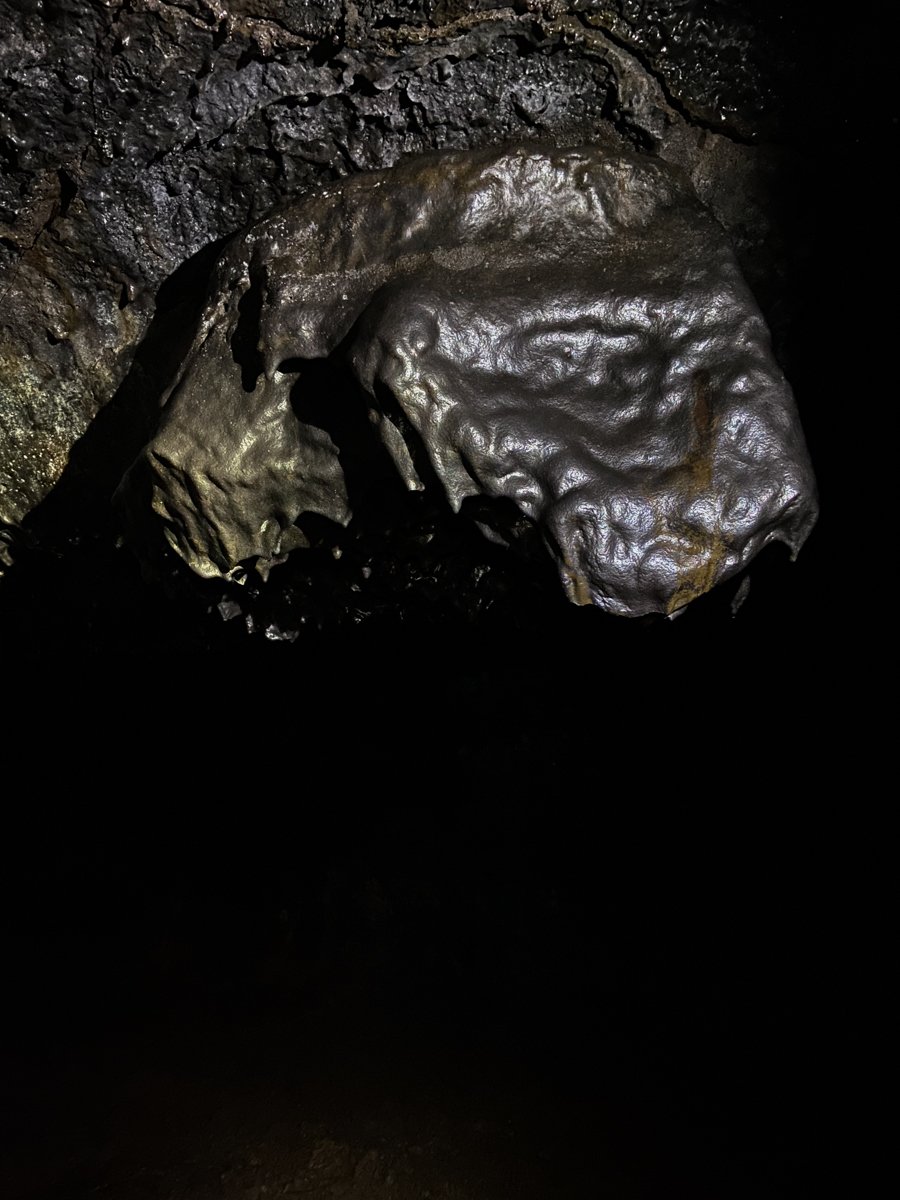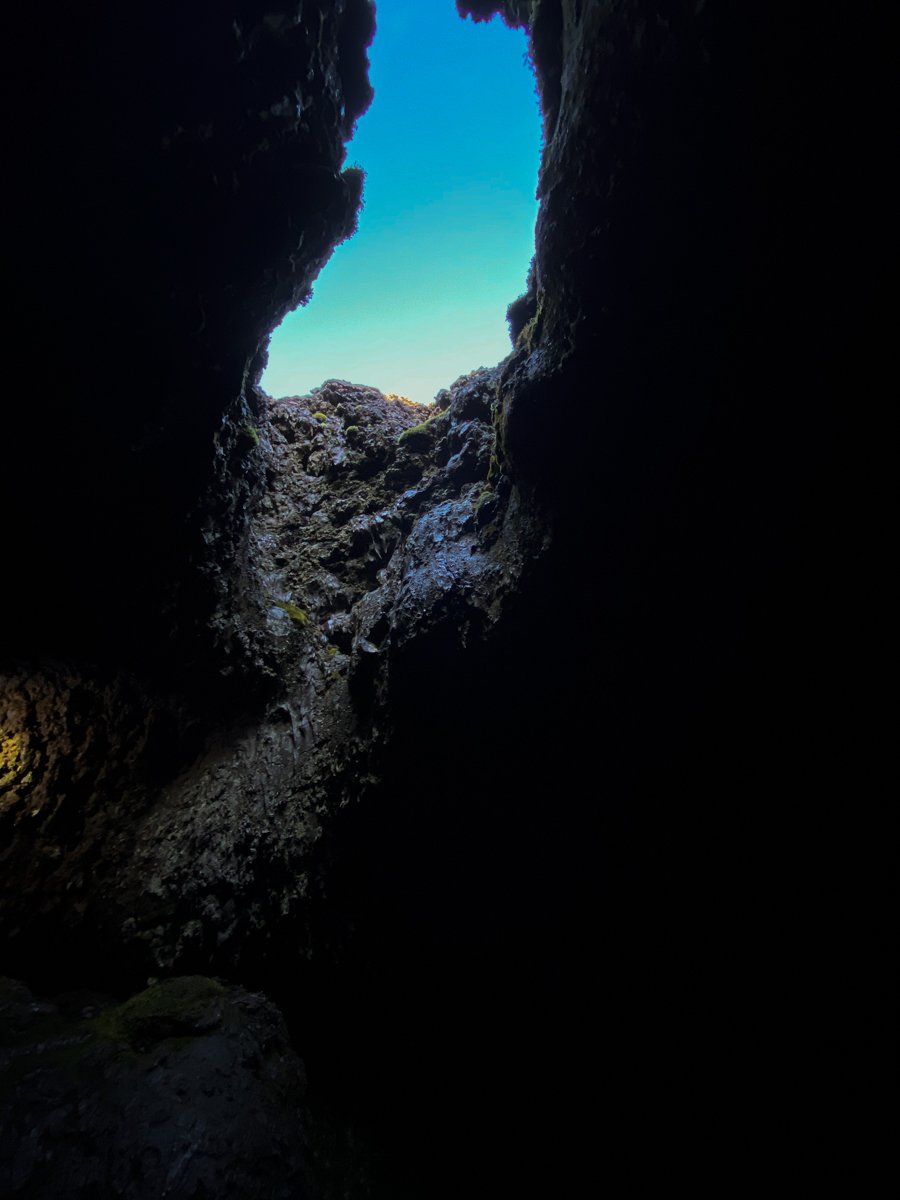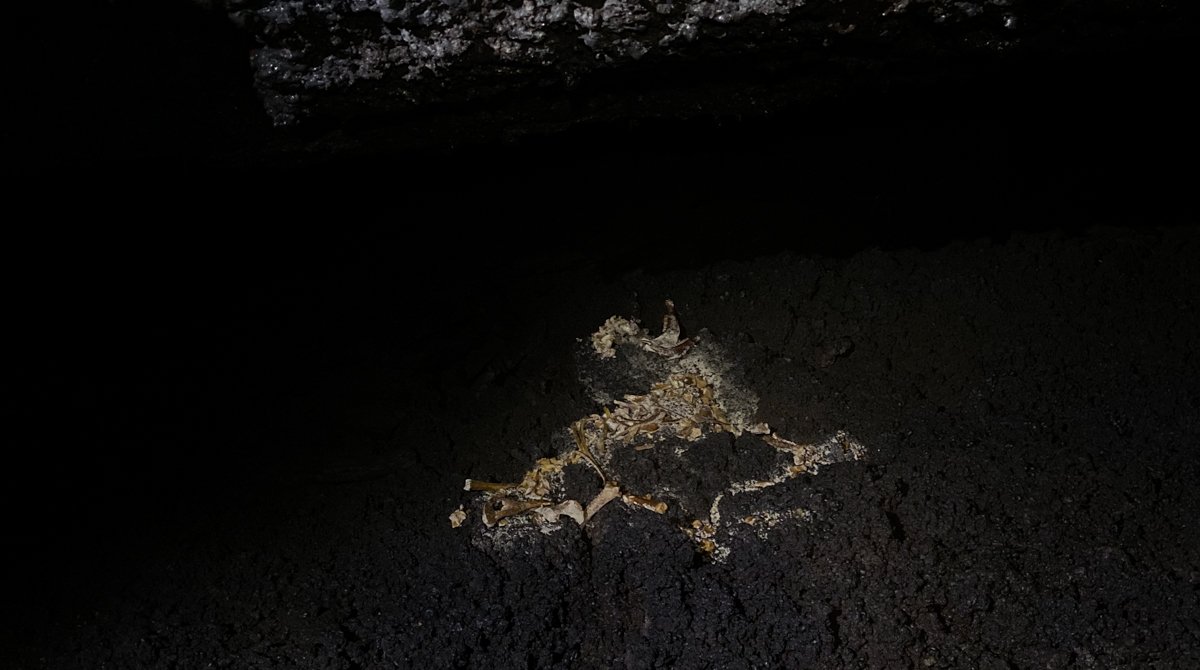Sailing in the North
2022 | Husavik • Arctic Circle • Reykjanes Peninsula 🇮🇸
Húsavík
It was the end of September and I was here in Iceland for the third time–though this time I was headed to Húsavík in the northern coast. Located at Skjálfandi Bay, this small town is the oldest settlement with a little over two thousand people. I stayed with a Polish couple, Izabela and Miro, who prepped the classic Icelandic breakfast every morning and brought me delicious meals throughout the day, made with love by their chef friend. Izabela shared her story and dreams of coming here to host guests in their home. Miro is a marine engineer; we talked a bit about ships, exploring the far ends of the world, and finding meaning in life.
This small town is full of ships/boats at the port, handmade wool shops, seafood restaurants, and a local brewery. I went to a few museums including Hvalasafn (Húsavík Whale Museum), which is notably the best one in Iceland! I then trekked my way to Skálamelur, a national forest. I found myself being alone in this forest; the only others there with me are the song birds. I spent some time there just being in the present moment–feeling the strong cold winds hit my skin, watching the birds staring at me from above, and smelling the fresh air. As I continued through the walk, I came upon a lost bracelet. It was a beads bracelet that read “lífið er núna” which means “life is now” in Icelandic.. I thought that was eerie! Had the universe do all this to walk me here?!
The weather on my last day there was pretty bad, but I wanted to walk over to see a lake. Izabela offered to take me to some spots, so off we went. She showed me Laxá í Aðaldal (a river known for trout and salmon fishing) and then we went hiking at Botnsvatn Lake where we foraged some blueberries! I wrote them a “thank you” card and gifted them this artesian whale kitchen towel that I picked out at the museum. She cried and hugged me. The time came and I had to go to the port; Izabela and Miro drove me there and I said goodbye to them like I was leaving my family to go study abroad.


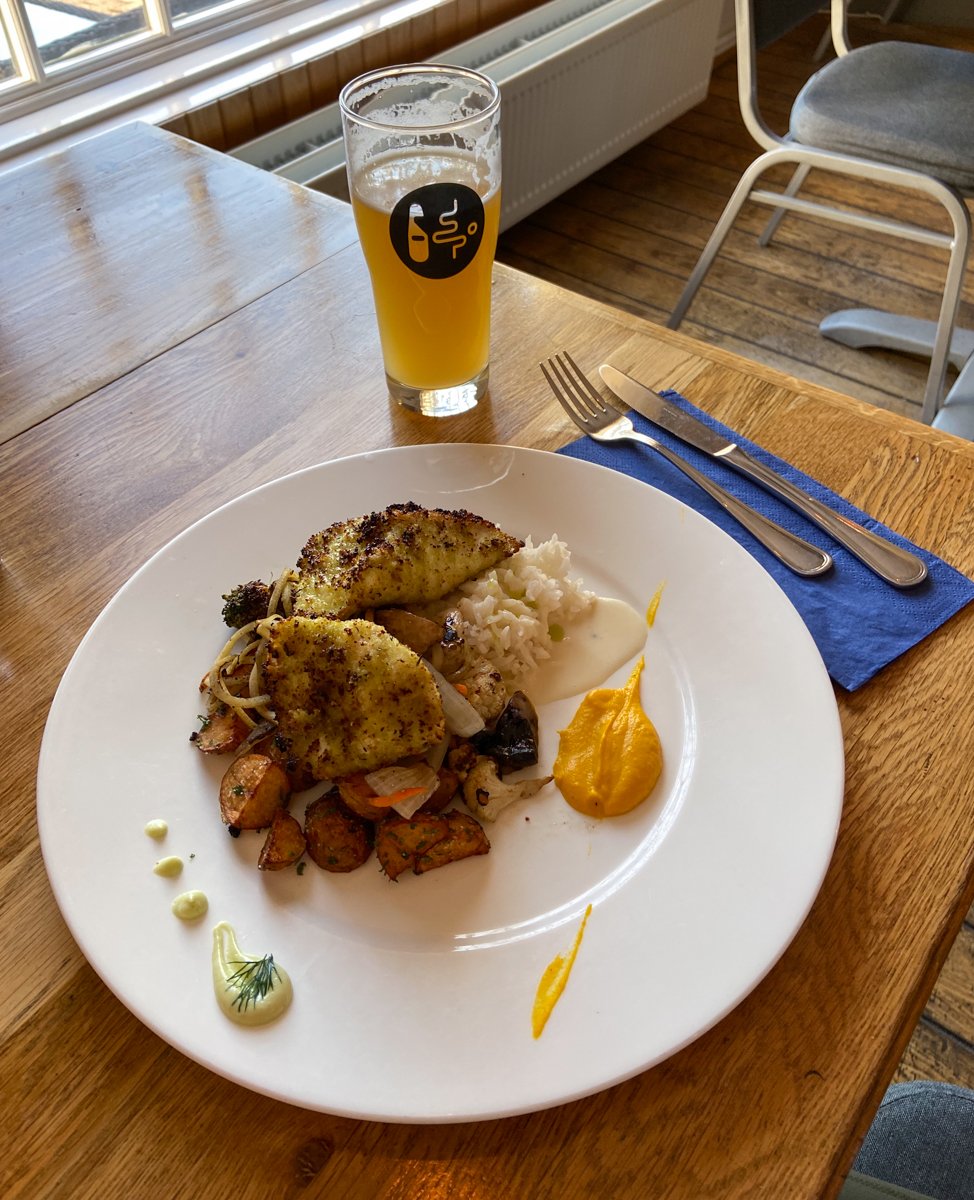


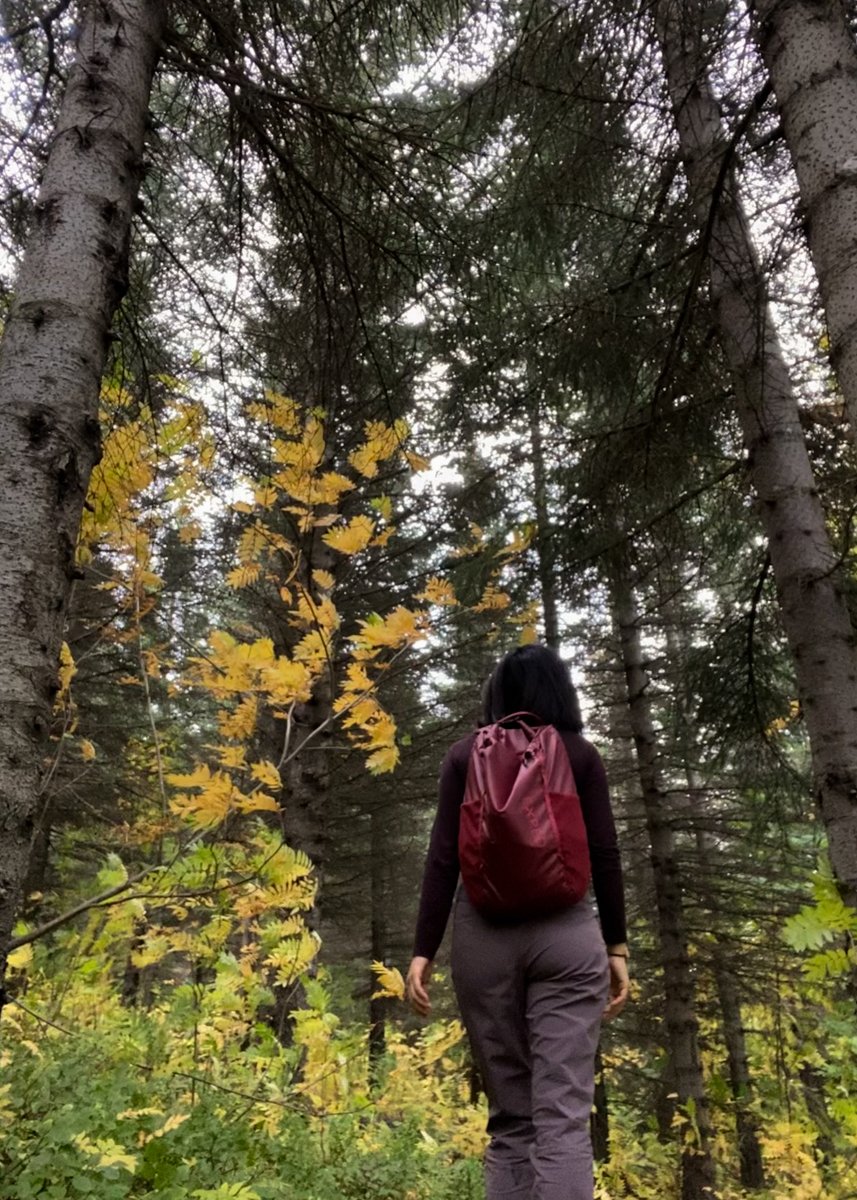

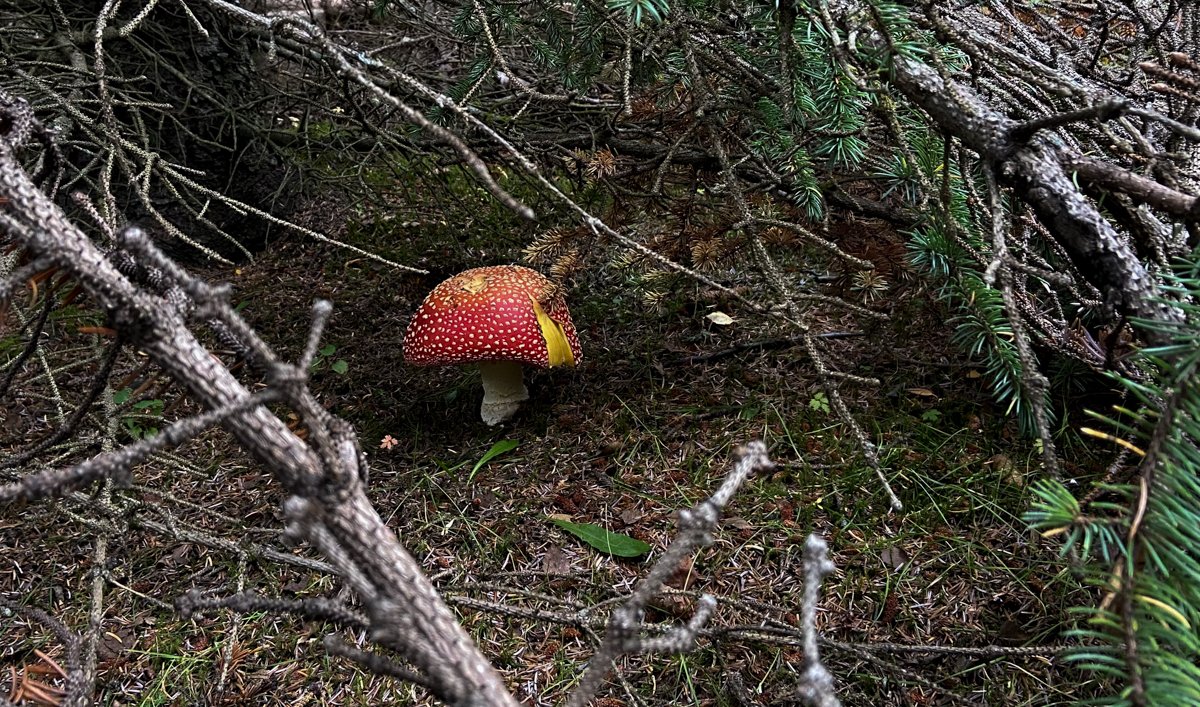
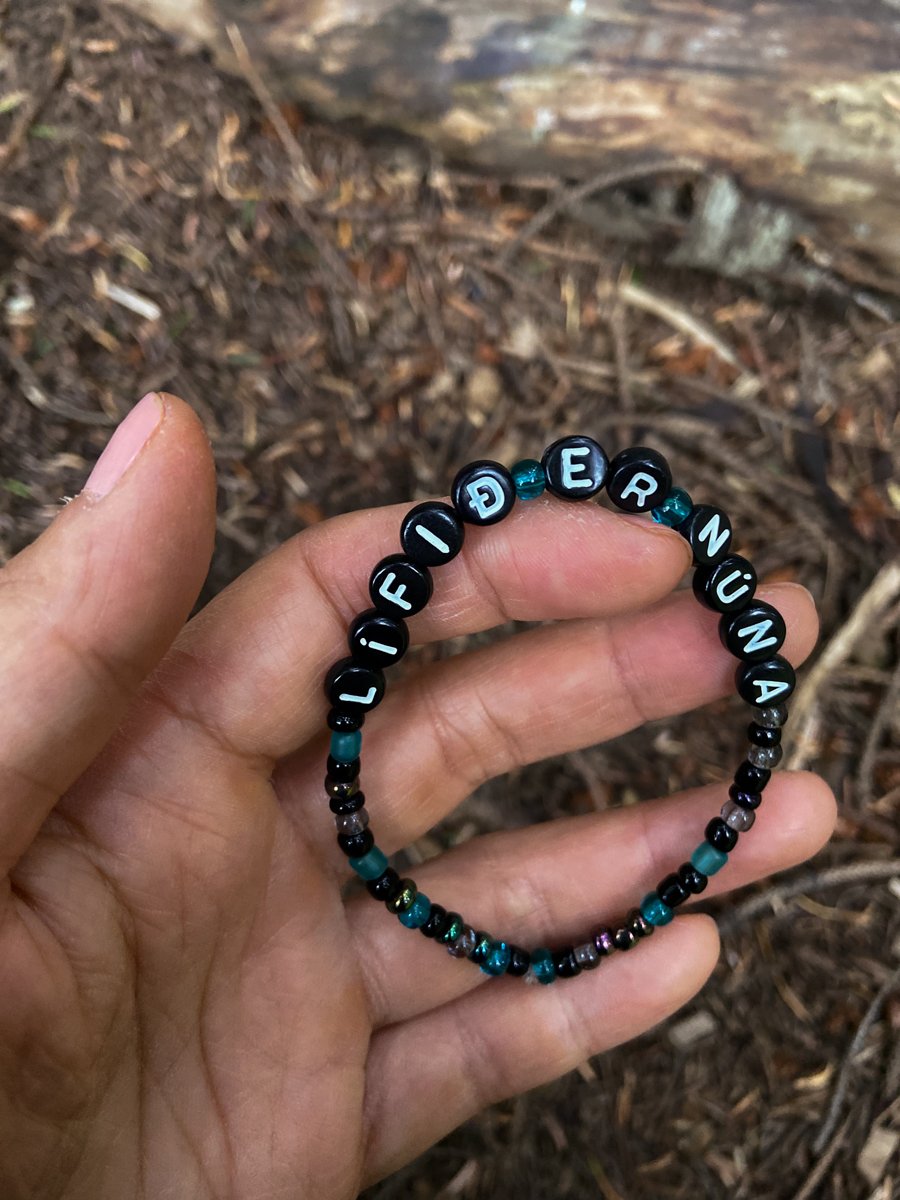
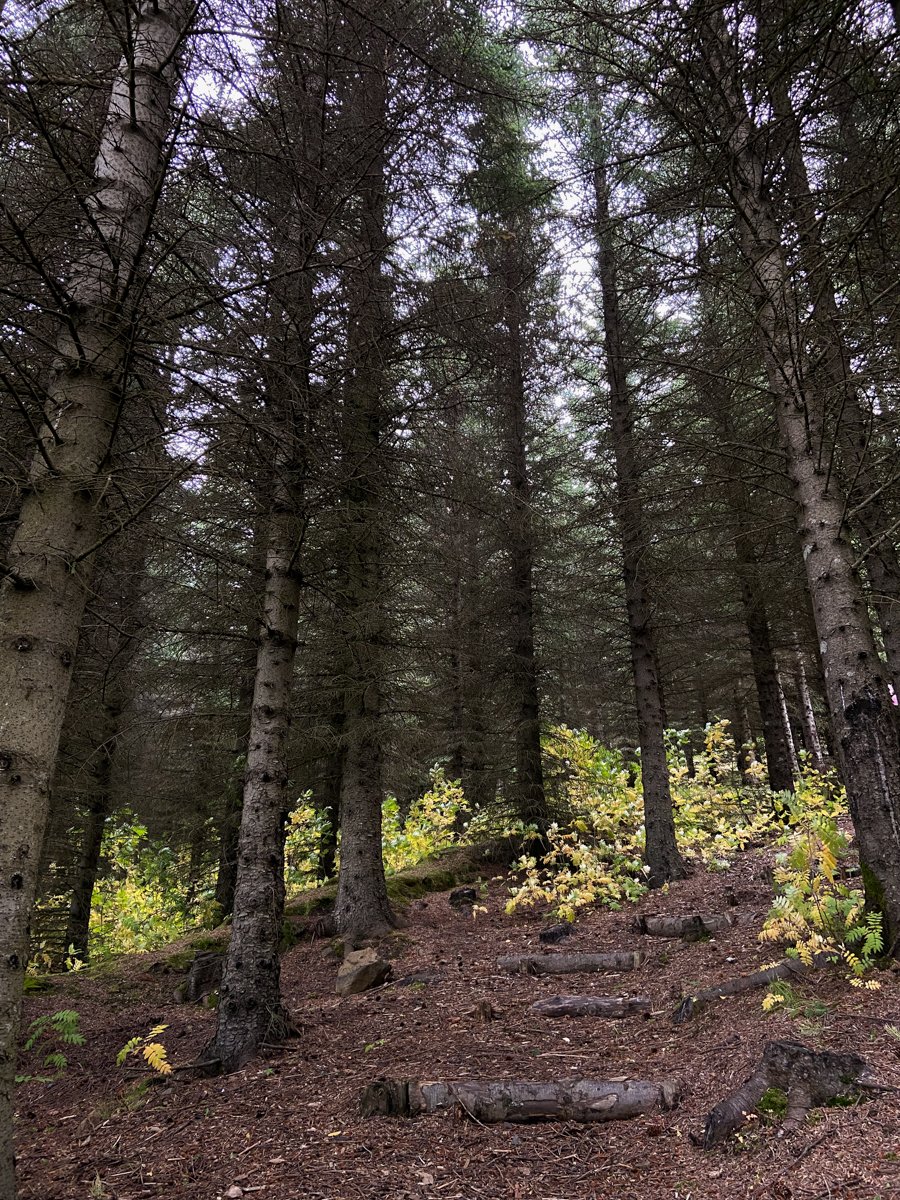
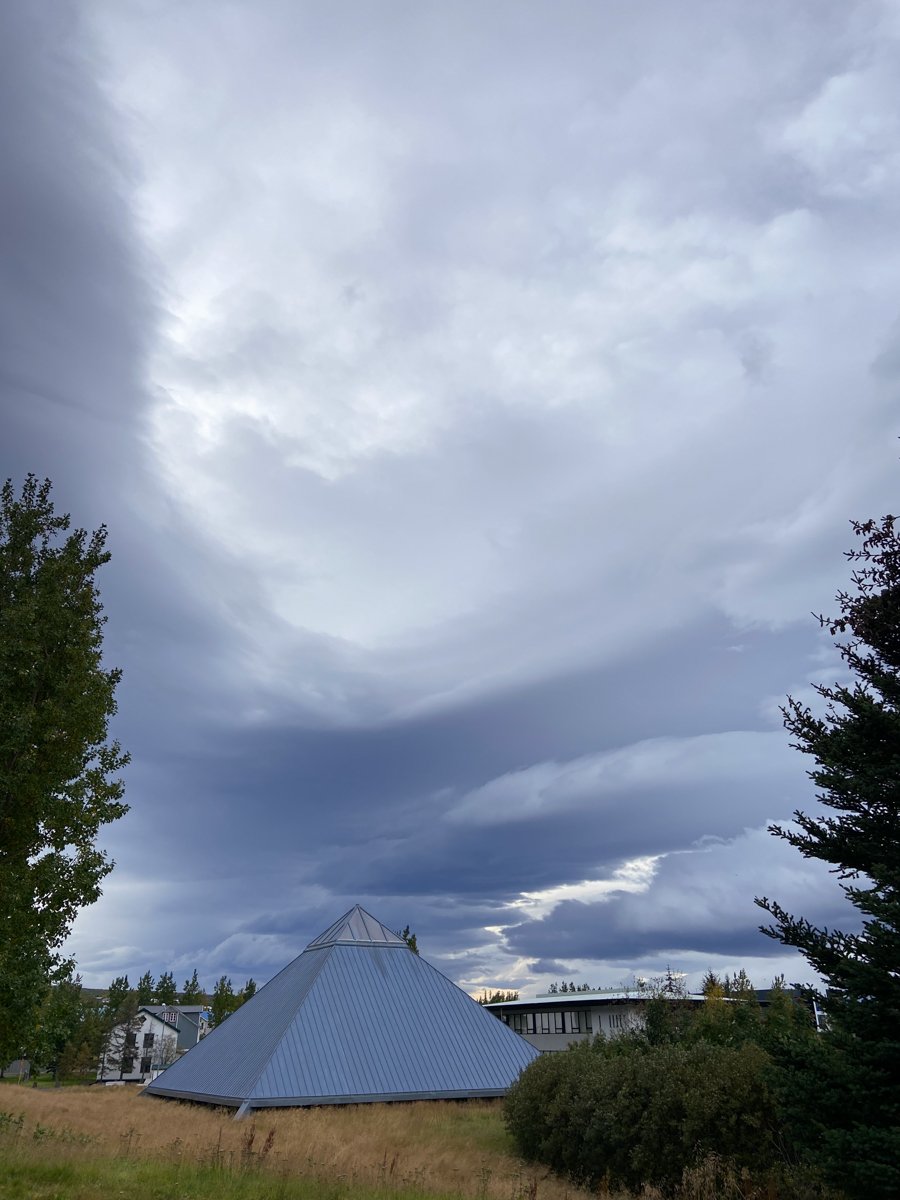

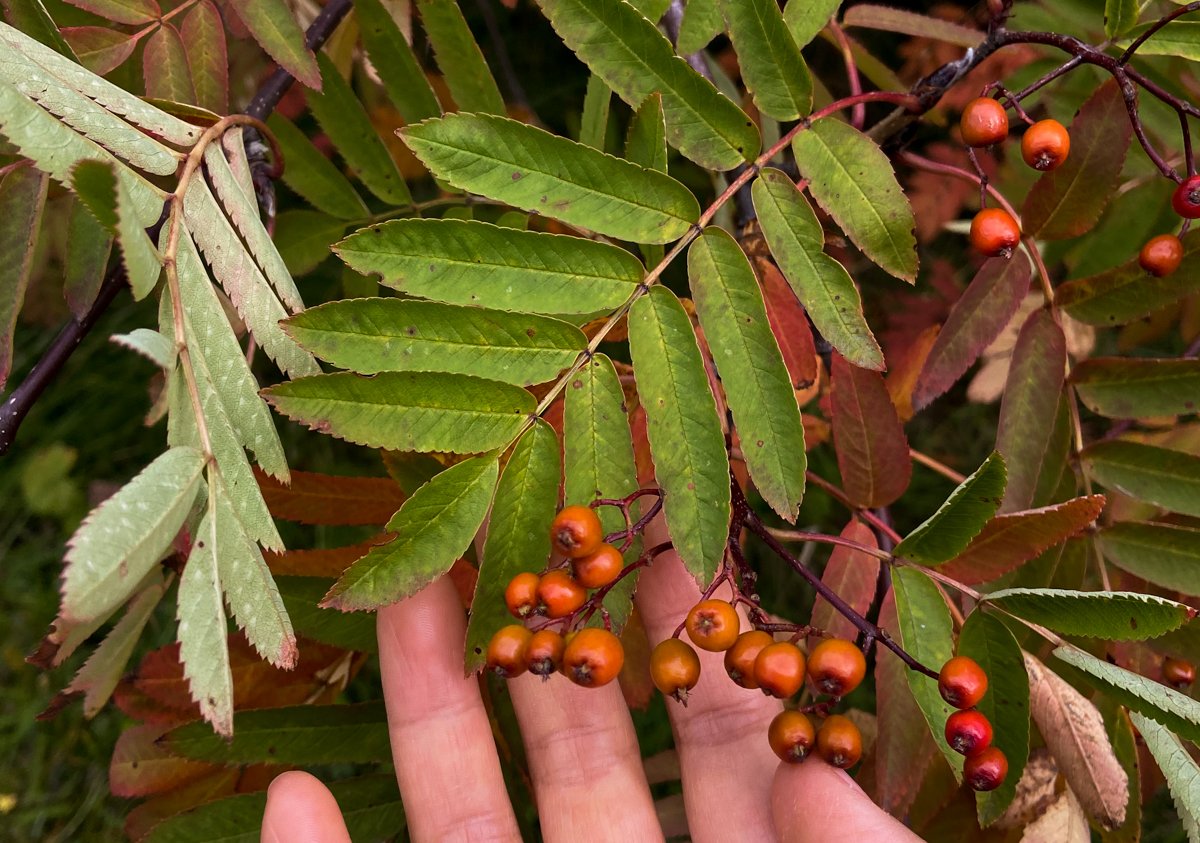
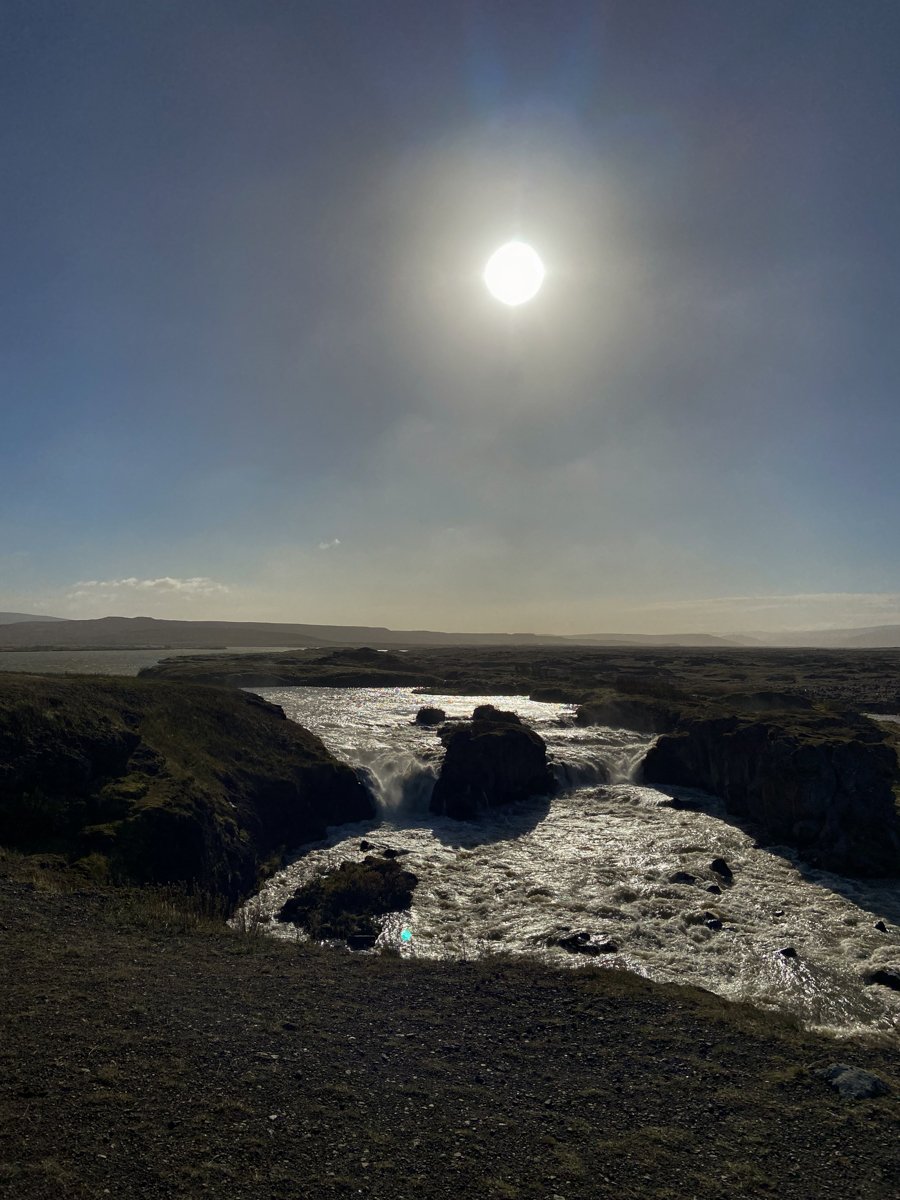
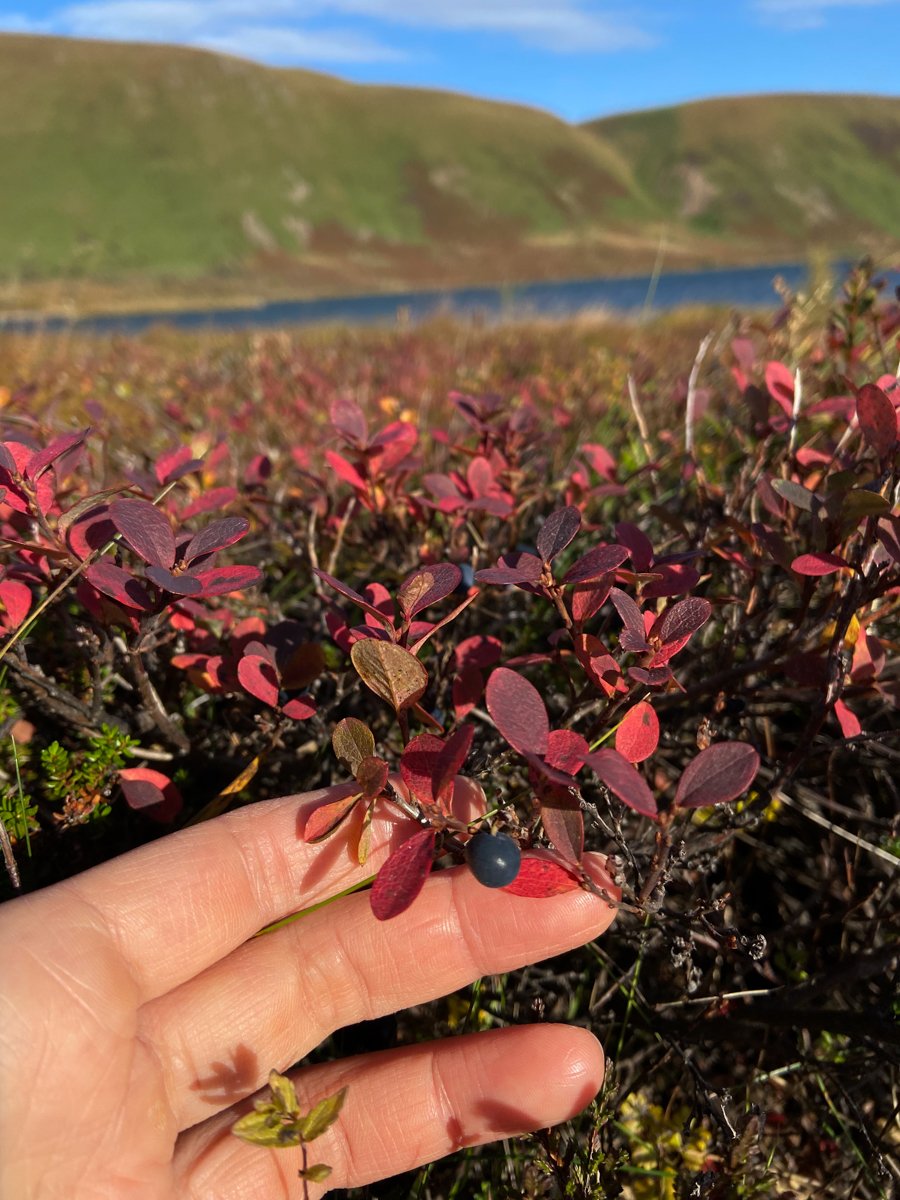
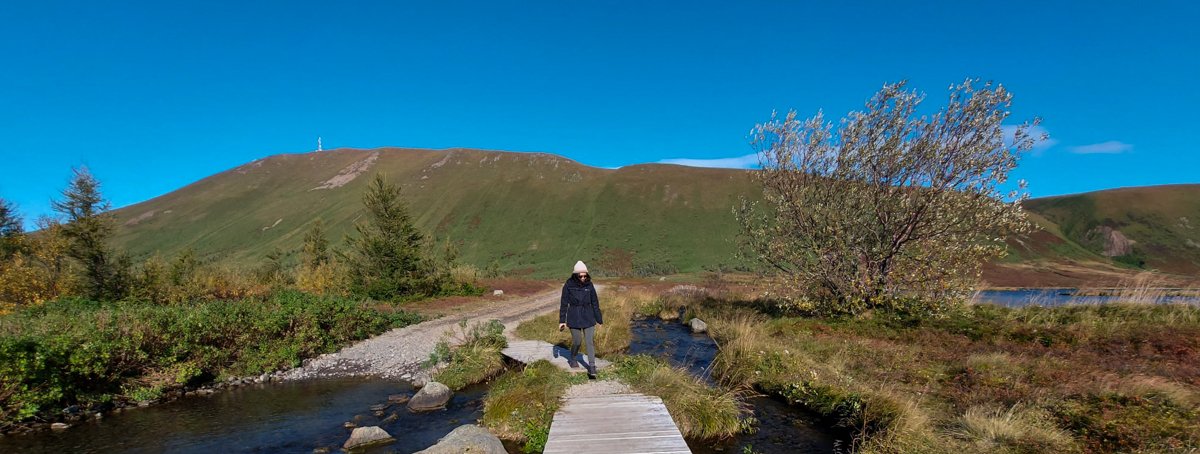

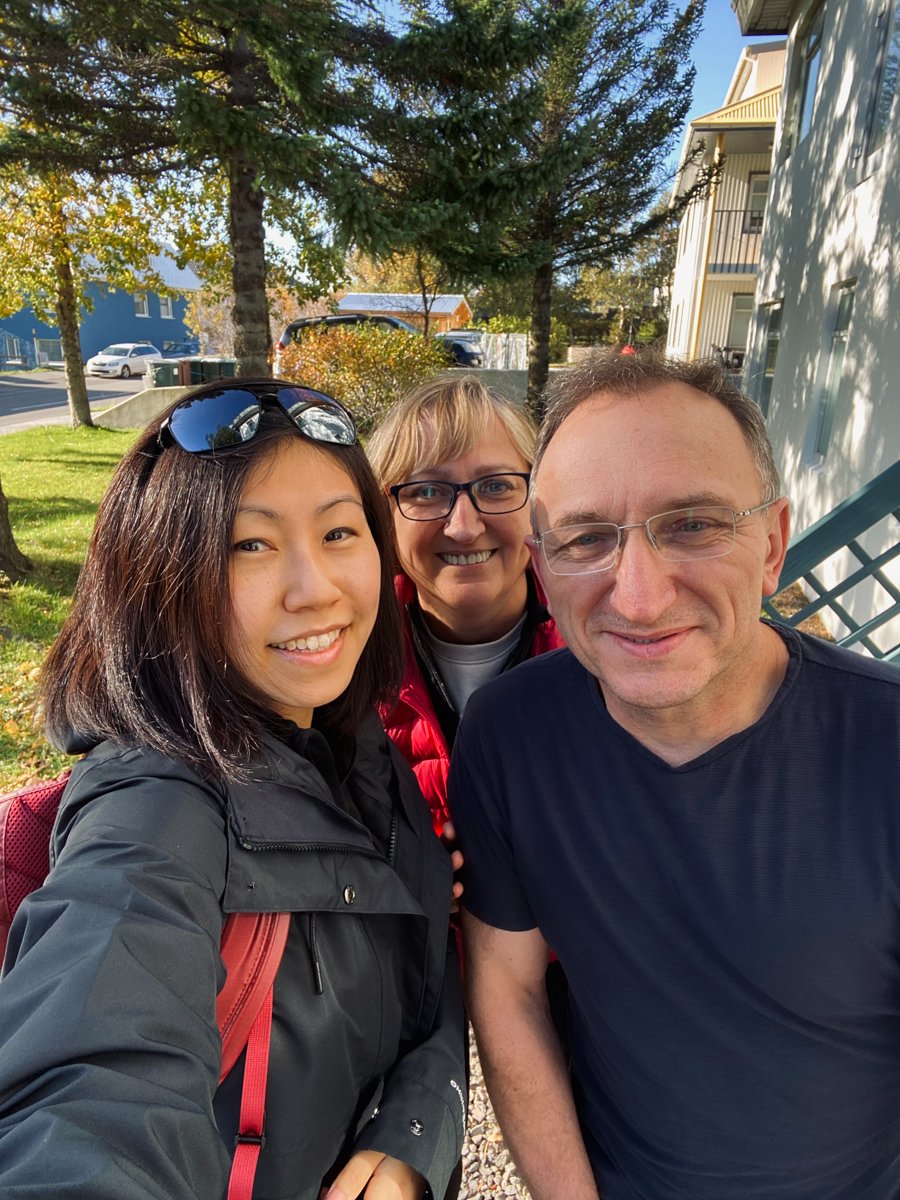
Schooner Opal
Schooner Opal is a traditional sailing vessel (tall ship) made of oak. She was built in 1951 in Damgarten, Germany as a fishing trawler and then restored to an elegant 24m top sail electric-powered schooner in 2015. Learn more about Opal’s history here. [link]
I dropped off my belongings and helped load our week’s worth of food onto Schooner Opal; we had fresh vegetables/fruits stored in a large fridge outside and dry/canned foods stored inside. The weather was too rough to set sail, so we had to stay an extra day on Opal docked at the port. A few of us decided to go soak at the Geosea geothermal sea baths, which was situated on the edge of the Húsavíkurhöfði cliffs 49 metres above sea level. Overlooking Skjálfandaflói bay and the North-Atlantic, you can spot various sea birds and whales from this infinity sea view.
Day 1: Set Sail for Sustainability: Opal Family, Stories at Sea and Mission Blue “Hope Spot”
We met captain Heimir who started us off with, “we are not Vikings, but poor farmers” and then goes on to explain that Iceland waters do not attract sailing; it is viewed as a source of food here.. Liam shared his two wild ship collision stories while sailing on the other side of the world. Belén said that most of Iceland is privately owned so if we clean up their beach, we need to call in advance for permission, and to do a project like Ocean Missions and vouching for Skjálfandi Bay to be an official Mission Blue “Hope Spot”, we need to get locals involved.
14 Opal family members onboard this expedition:
🇮🇸 Heimir, Captain of Opal
🇪🇸 Belén, Founder of Ocean Missions
🇪🇸 Carlota, Beach Cleanup Organizer
🇨🇦 Dr. Charla from Canada, Marine Biologist
🇦🇺 Liam
🇫🇷 Enorha
🇬🇷 Vassiliki
🇪🇪 Mia
🇳🇱 Frank
🇸🇪 Annelie
🇬🇧 Scottie
🇺🇸 Ashley, Lee, and Mandy (me)


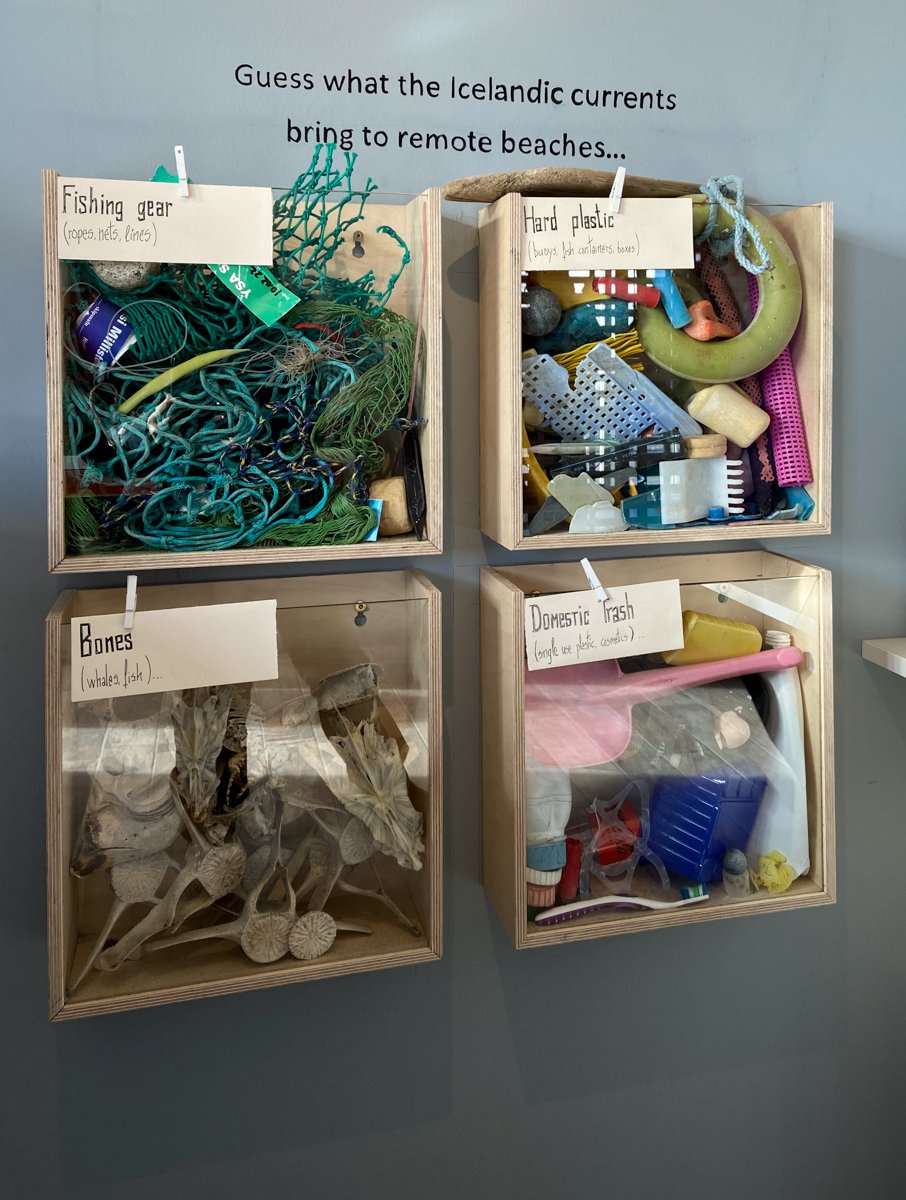
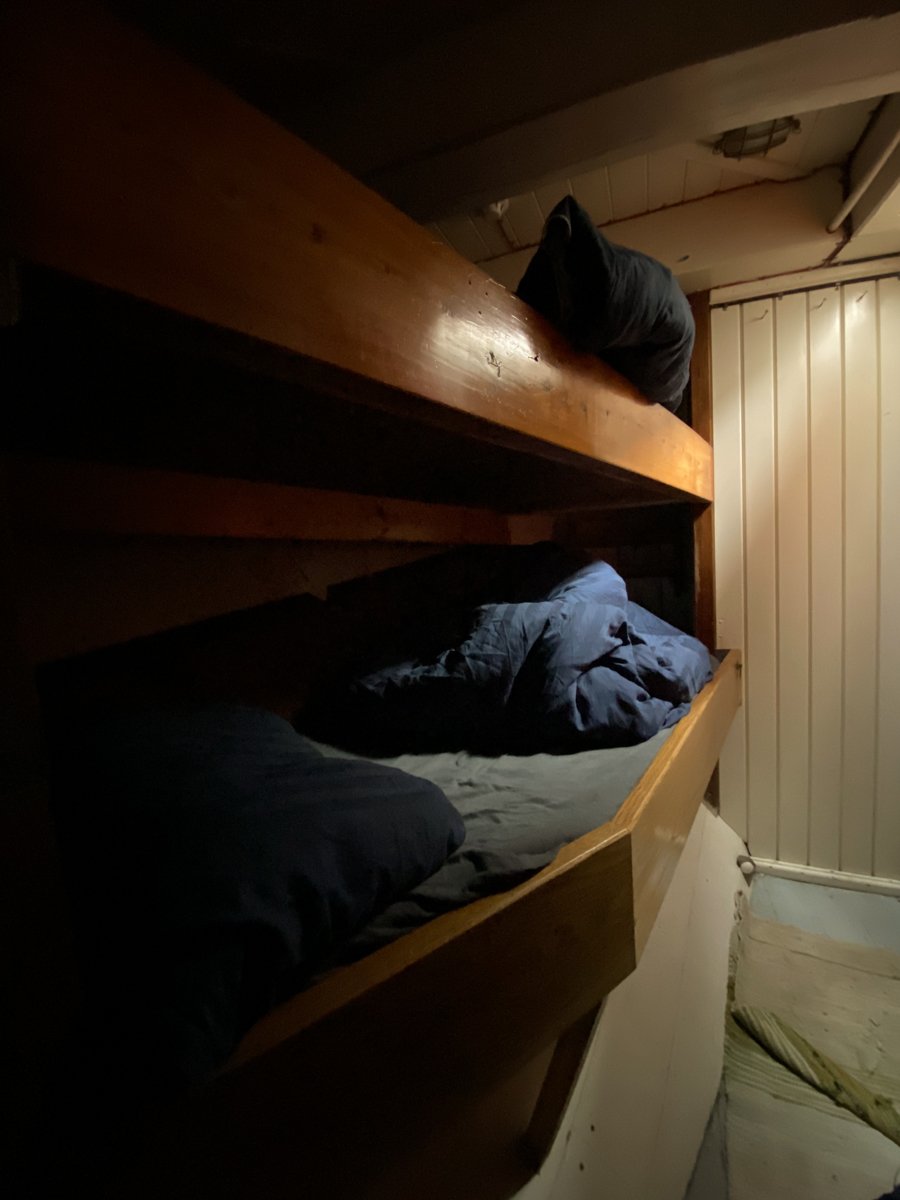
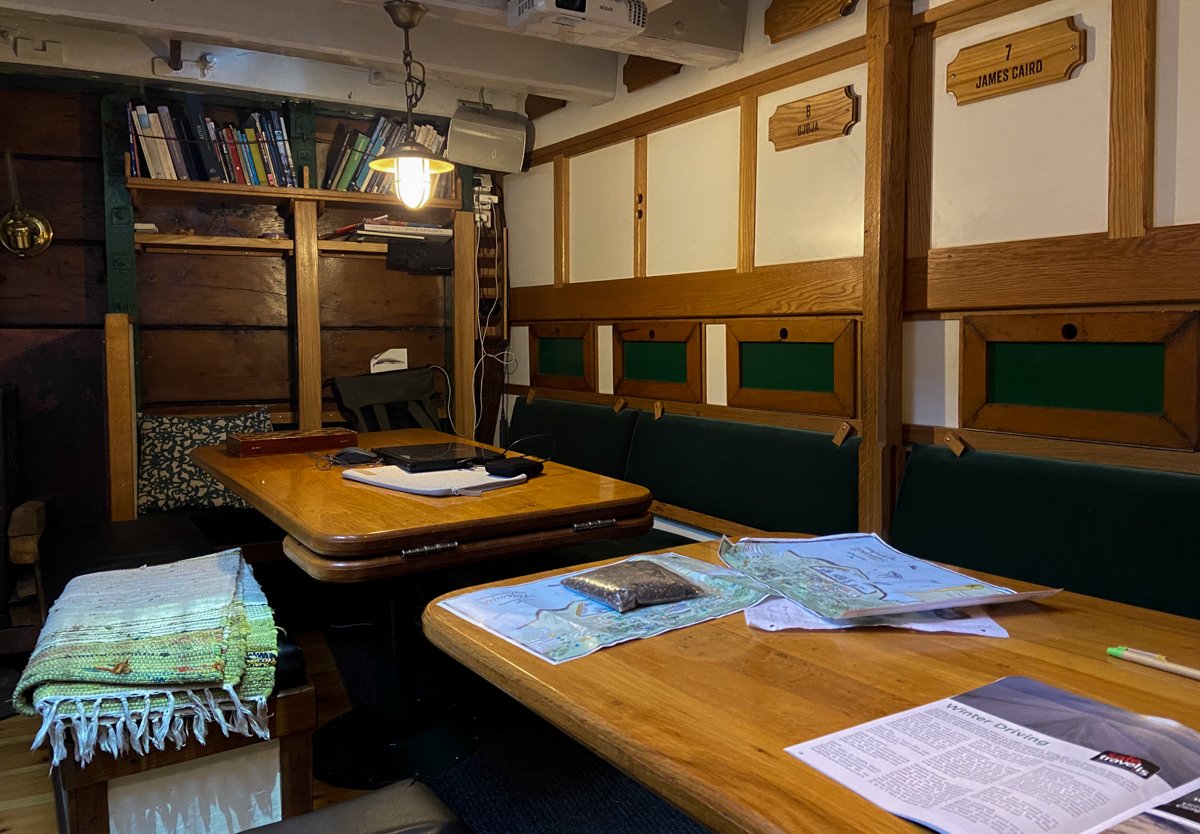
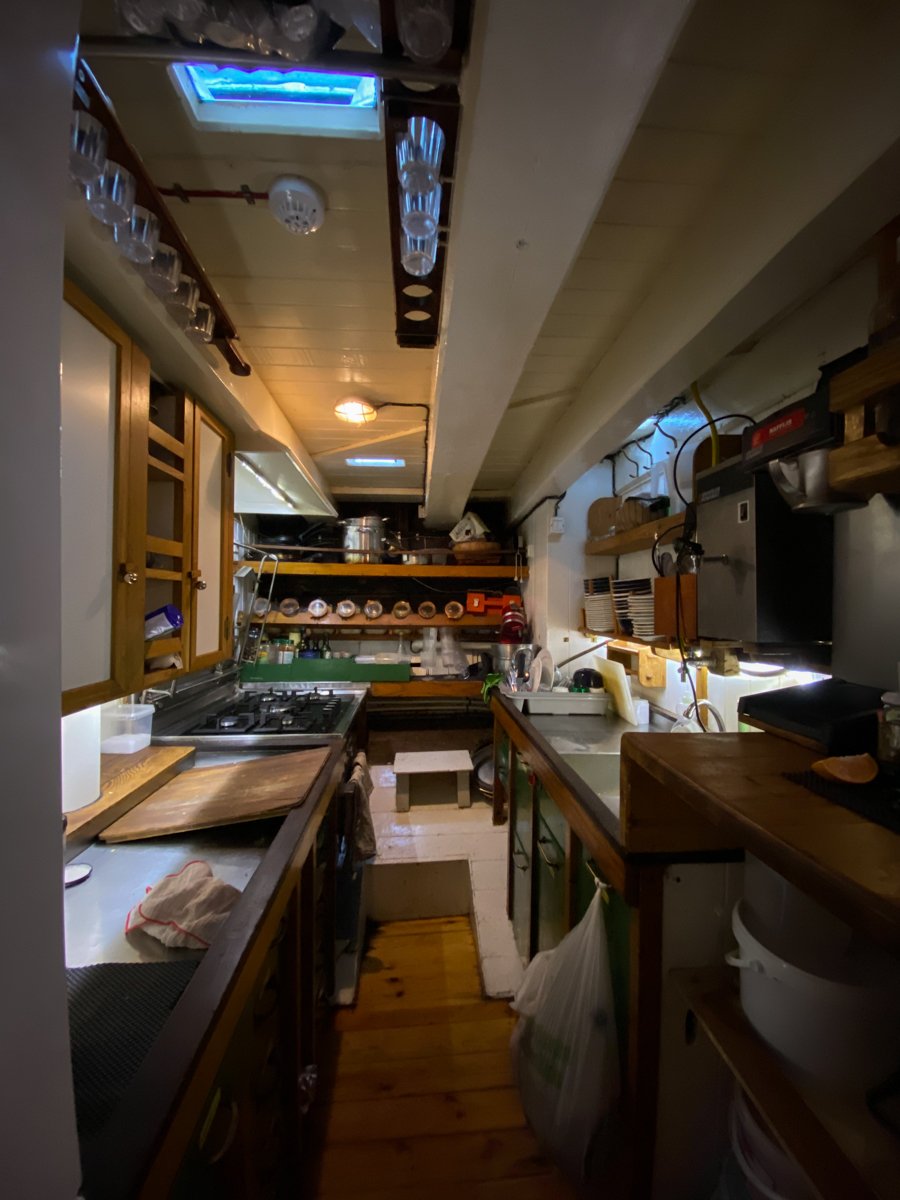
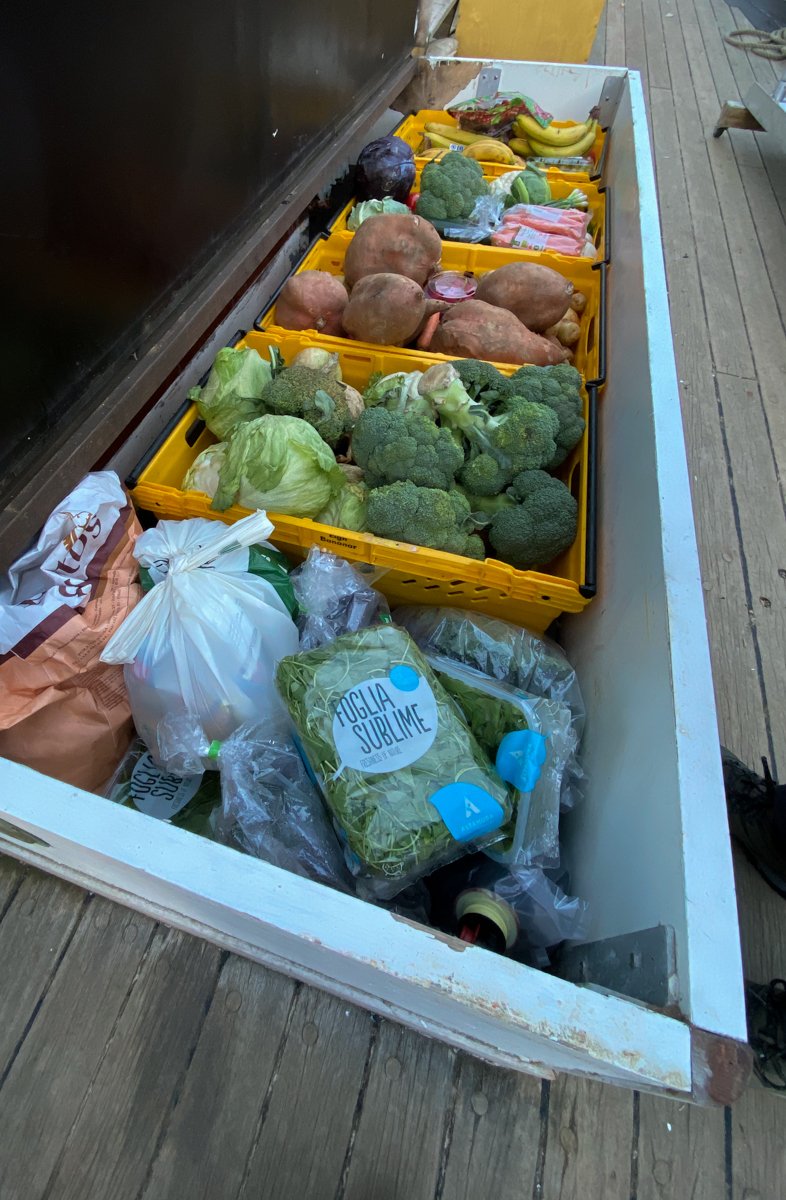
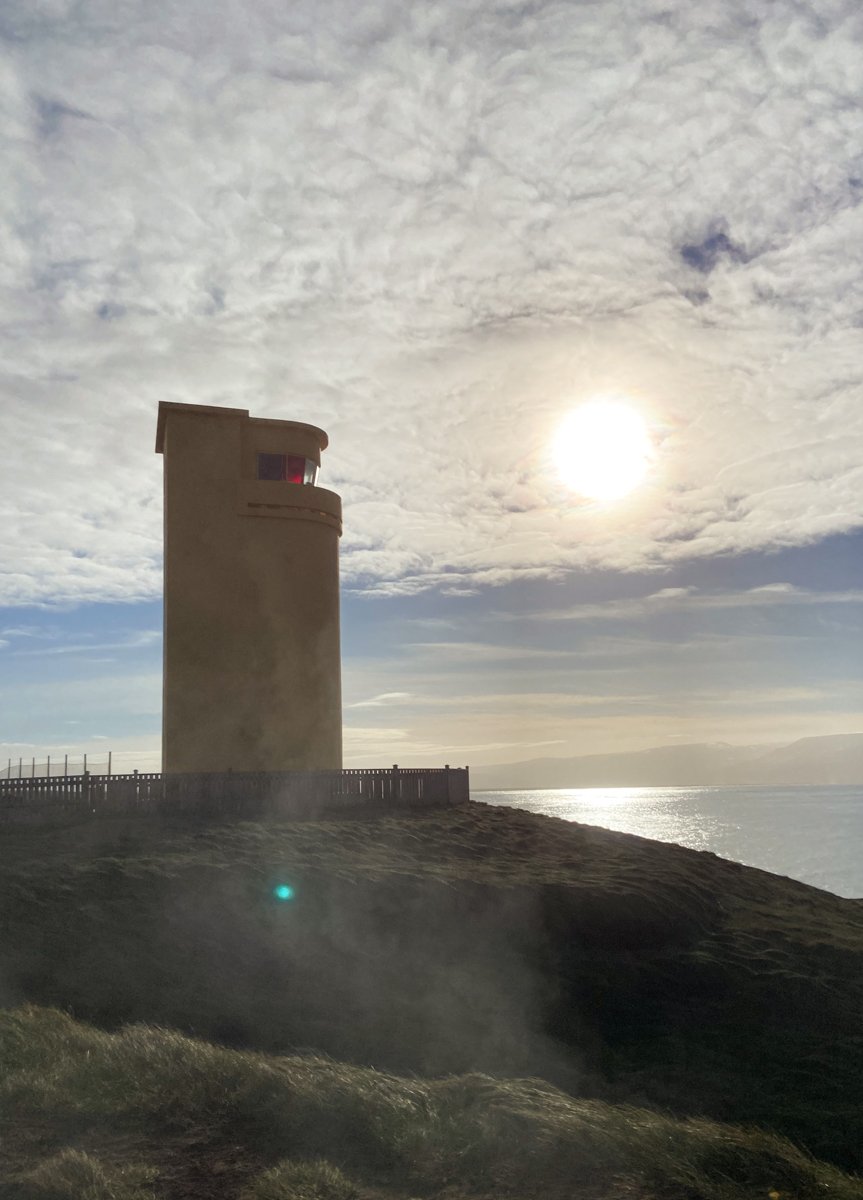
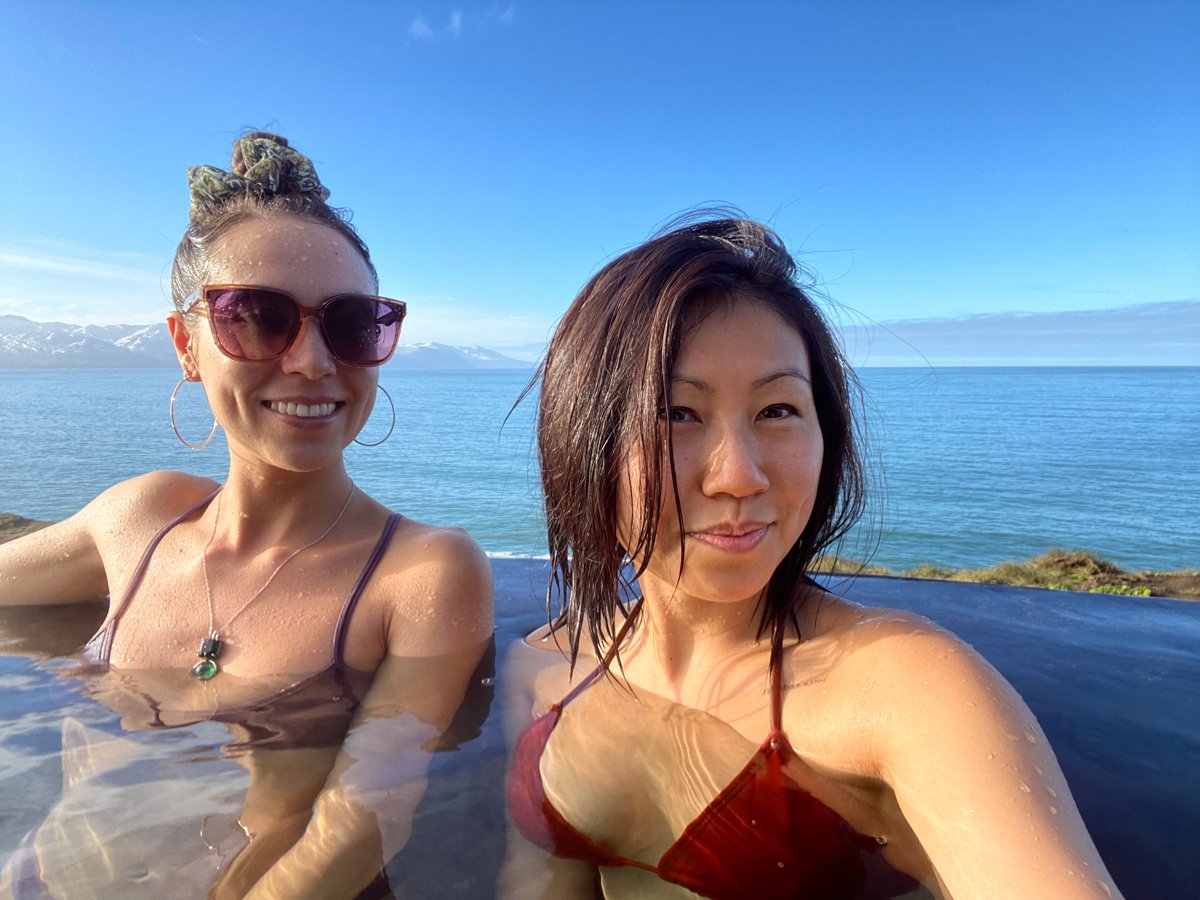
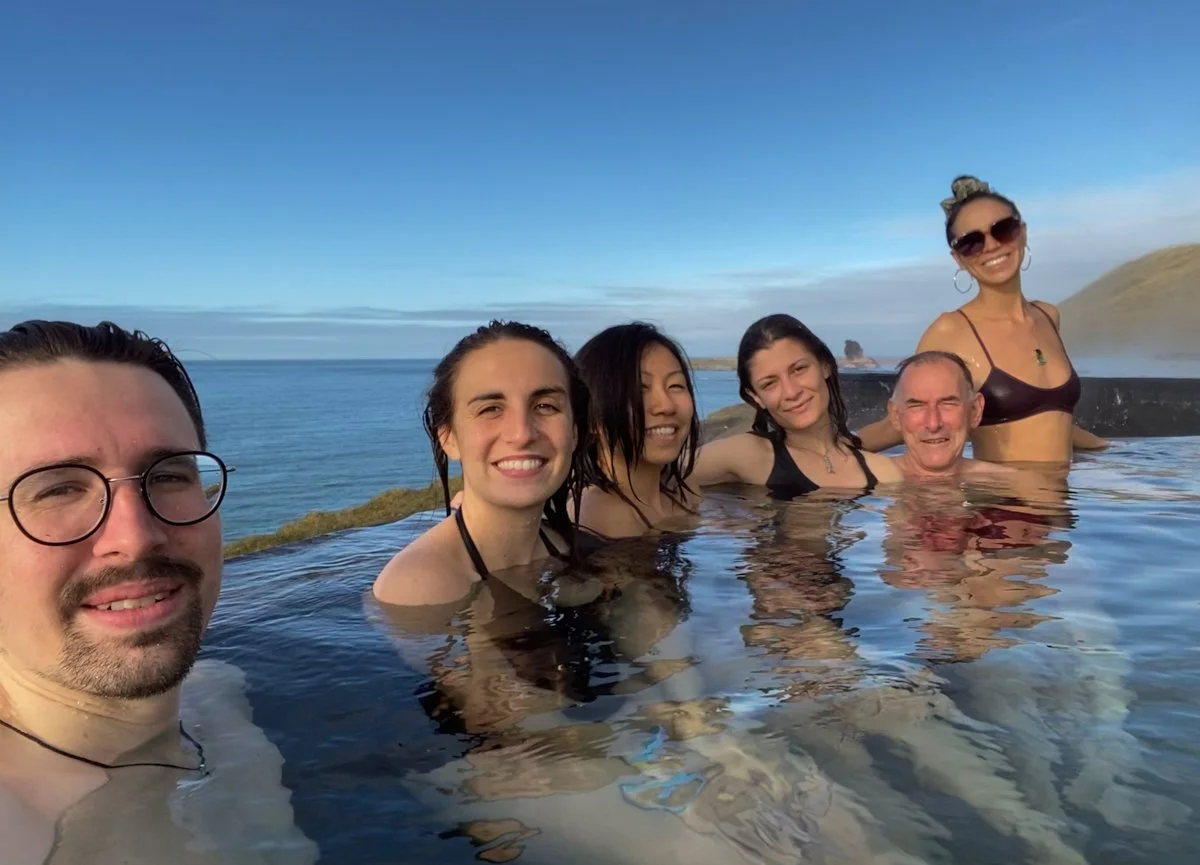
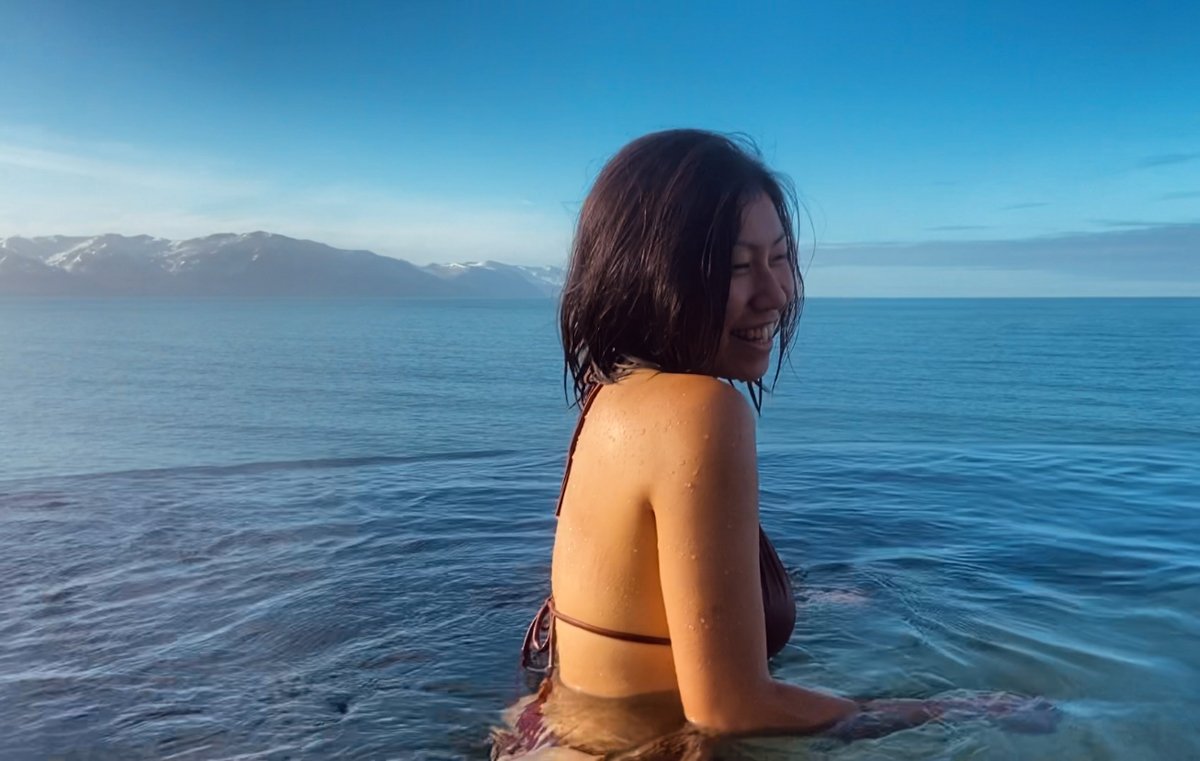
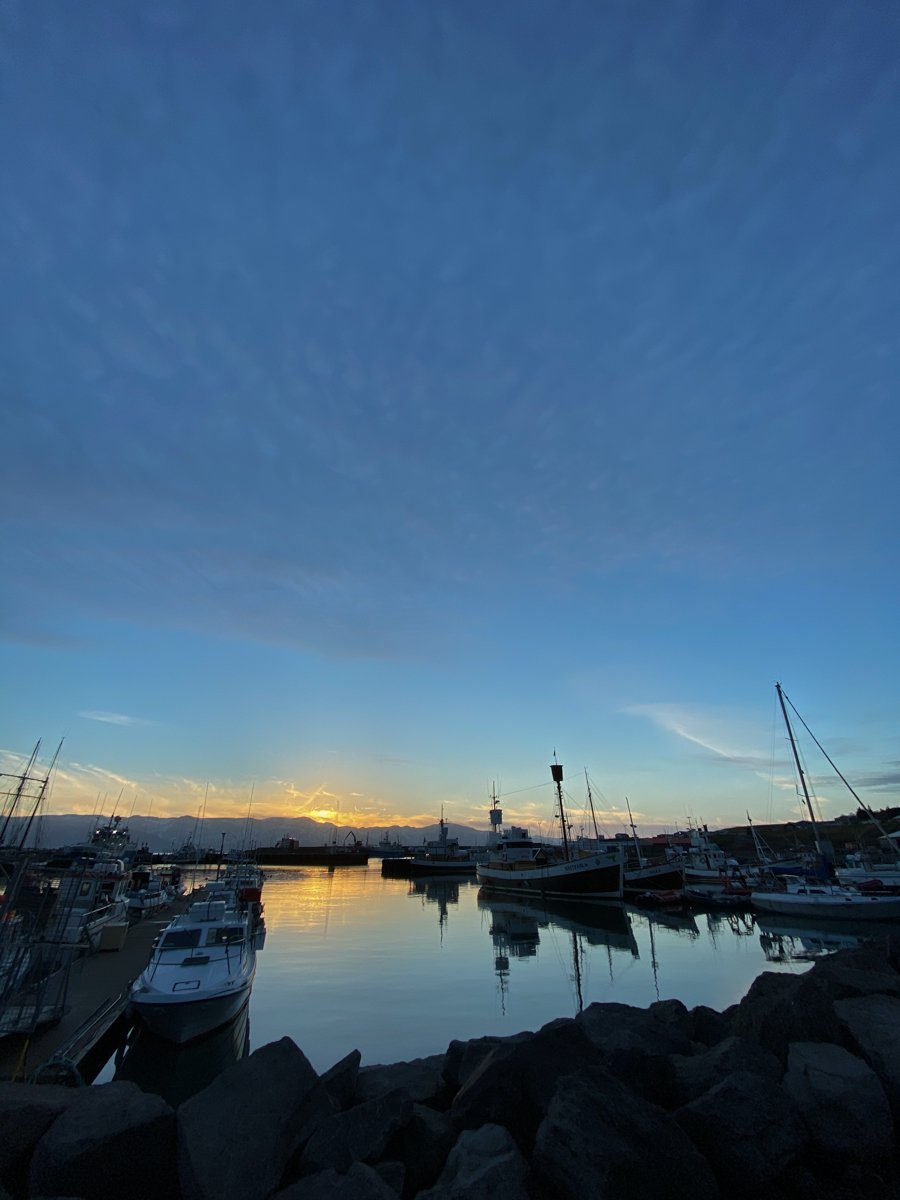

Day 2: Departing Húsavík: Dancing Humpbacks and Ocean Data
We finally set sail after a whole day of waiting! Three majestic humpbacks greeted us, dancing around with poise. This was my first time sailing so I was overly exciting, but motion sickness immediately took over me. I took Dramamine (better late than never) and followed others’ advice on looking to the horizon while getting some fresh air outside; I was feeling better within an hour. Our first cooked meal onboard was rice noodles with mushrooms and it reminded me of the minimal meals back in the Buddhist monastery where we ate for nutrition (not for luxury). Charla showed us how to use the manta trawl to sample the surface of the ocean and then we spent the rest of the evening separating microplastics ad planktons and looked at them under a microscope.






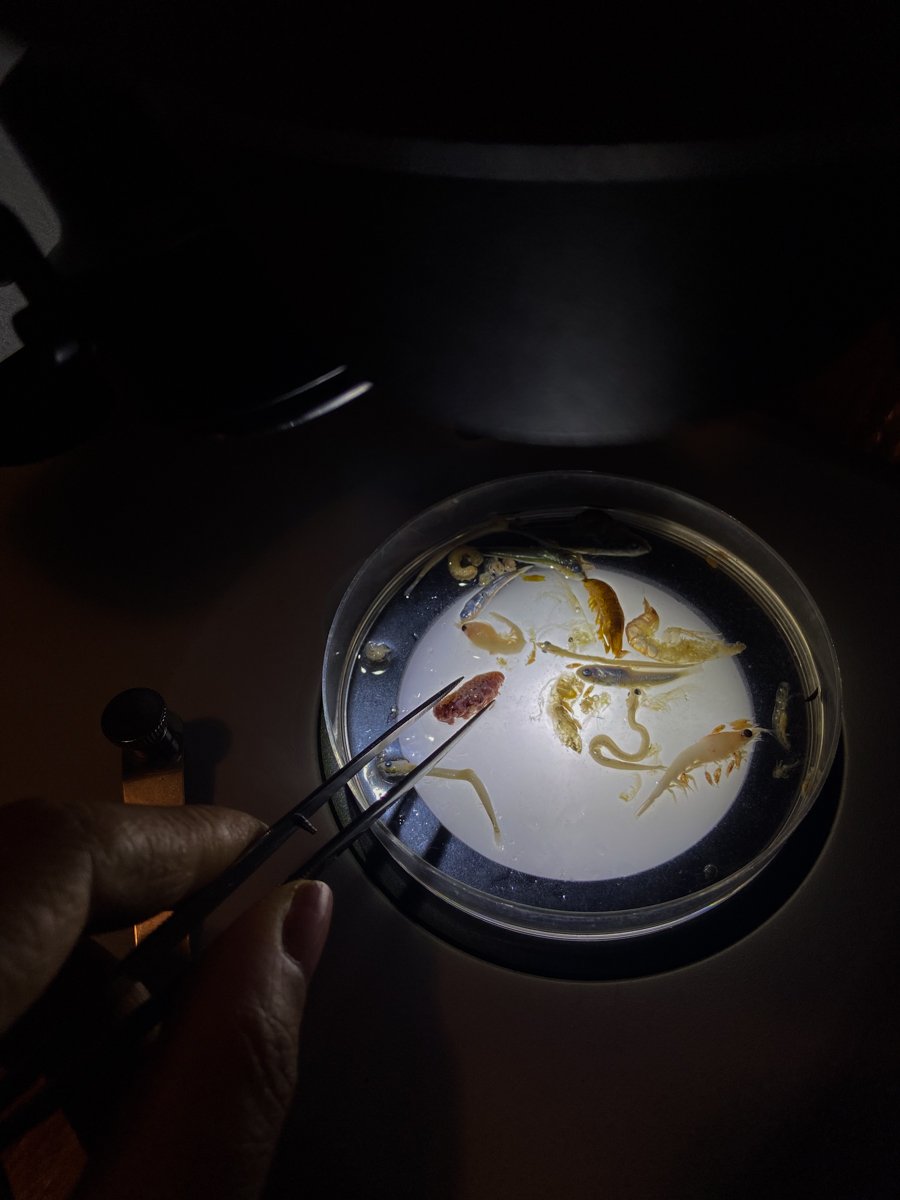



Day 3: Entering the Arctic Circle: Traditional Sails, Food and Waste, Heartwarming Meals
The next morning we woke up in the Greenland sea, right by Hornstrandir. There was a good amount of knots (wind speed) to set up some sails. I collaborated with Frank to set up a sail–it was harder than I thought! But what matters was that I was trying hard and #DoingTheScaryThings. I was pulling a rope with other crew members with bare hands at one point and wow, it was cold and painful–I have been caught off guard.
It was an unreal experience when we started entering the Arctic Circle with the intense waves and cold wind. “The sea gives and takes–it gives food and takes life,” was a Turkish saying that Captain Heimir shared with us; I felt that as I looked at the sea. Another beautiful thing about the vast sea is the aspect of known unknowns within..
Later into the evening, we started talking about the topic of waste issues onboard (how water and trash gets recycled out) and the ethics of throwing organic trash overboard. When dinner prep time came, I was prepping dinner with Ashley, Liam, and Carlota. I love that we take turns prepping meals for each other–we are a family indeed. Tonight we anchored inside a fjord.
In the middle of the night, Captain Heimir was changing the anchor and we heard the loud storm and leaking. Scary feels, but everything was under control with our captain.
Day 4: Spontaneity of the Sea: Stories of Greenland and Watching Sea Birds at the Bow
At the breakfast table, Belen shared Opal’s history and funny stories with us. Opal was originally built as a war ship and was later bought by Danish hippies who had a piglet on the ship! Even though Opal is now a part of North Sailing, they still come back to check on their baby (Opal) from time to time.
The storm continued. When you’re sailing, you have to move with the weather. I reminisced about my time at the Buddhist monastery where we learned to embrace impermanence.
We ID’d some sea birds throughout the day, but mainly stayed inside the cabin. That’s when Captain Heimir took out maps of Greenland and told us sailing stories in the Arctic region. From early settlements to polar bear hunting, we learned that way of living and cultures between the West and East coasts of Greenland differ drastically. The gulf current makes Nuuk more livable (less wind, but still harsh). On the East side, Tasiliq have winds of over 100 knots!
Mia, Enorha and I climbed up to the bow and rode it into the “fjord of ices”. The perspective from this part of the boat is different, you see the waves right under your feet and you’re lifted higher up into the air where the sea birds fly through–an adventure feeling for sure. We arrived at Ísafjörður in the evening and enjoyed the local live music in town.

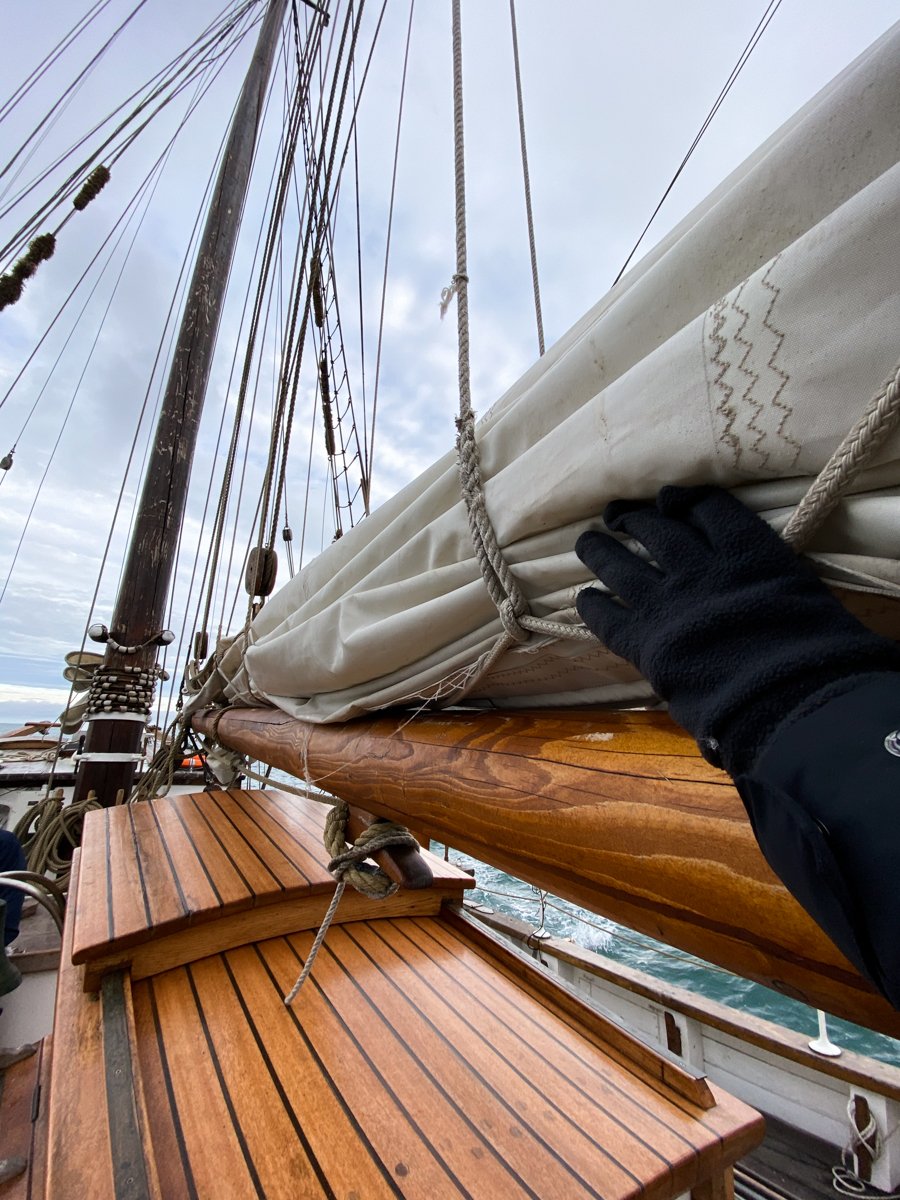







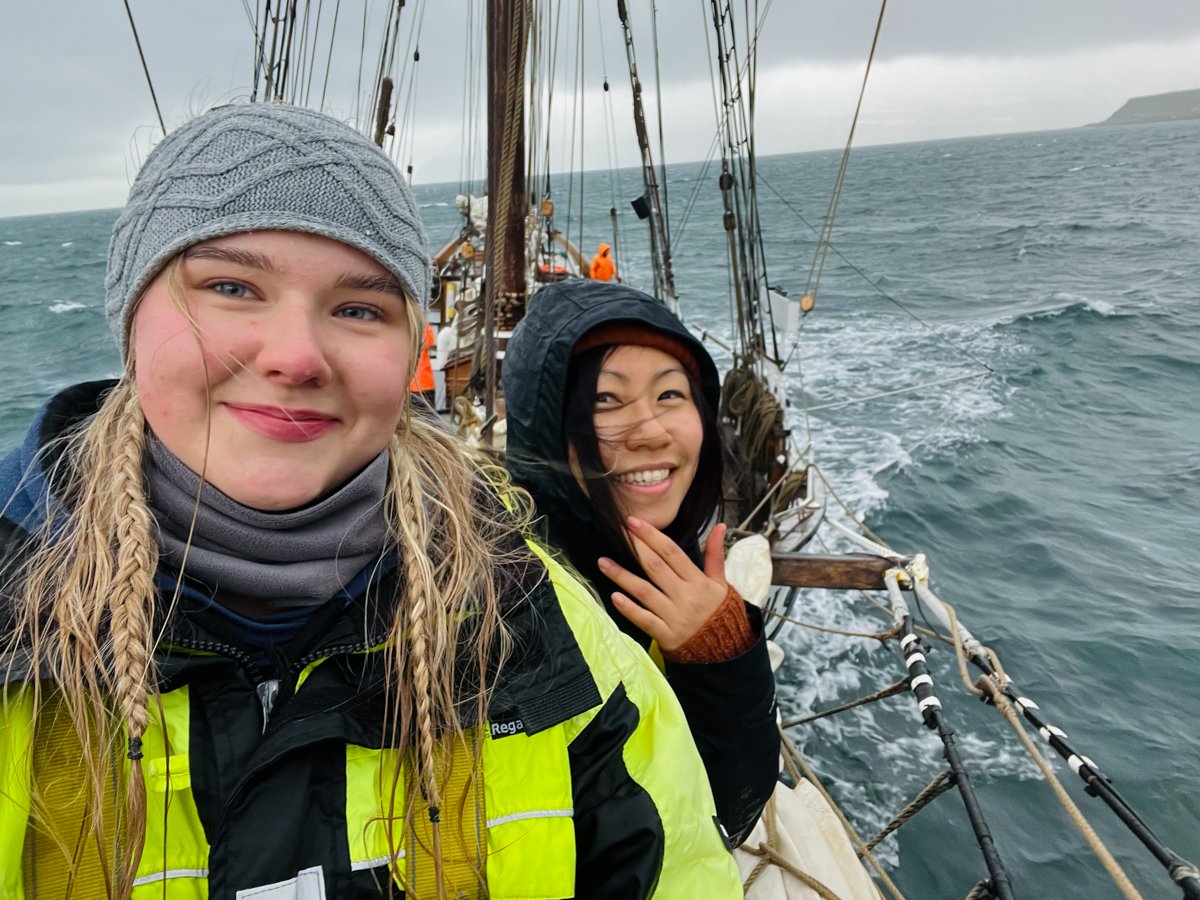

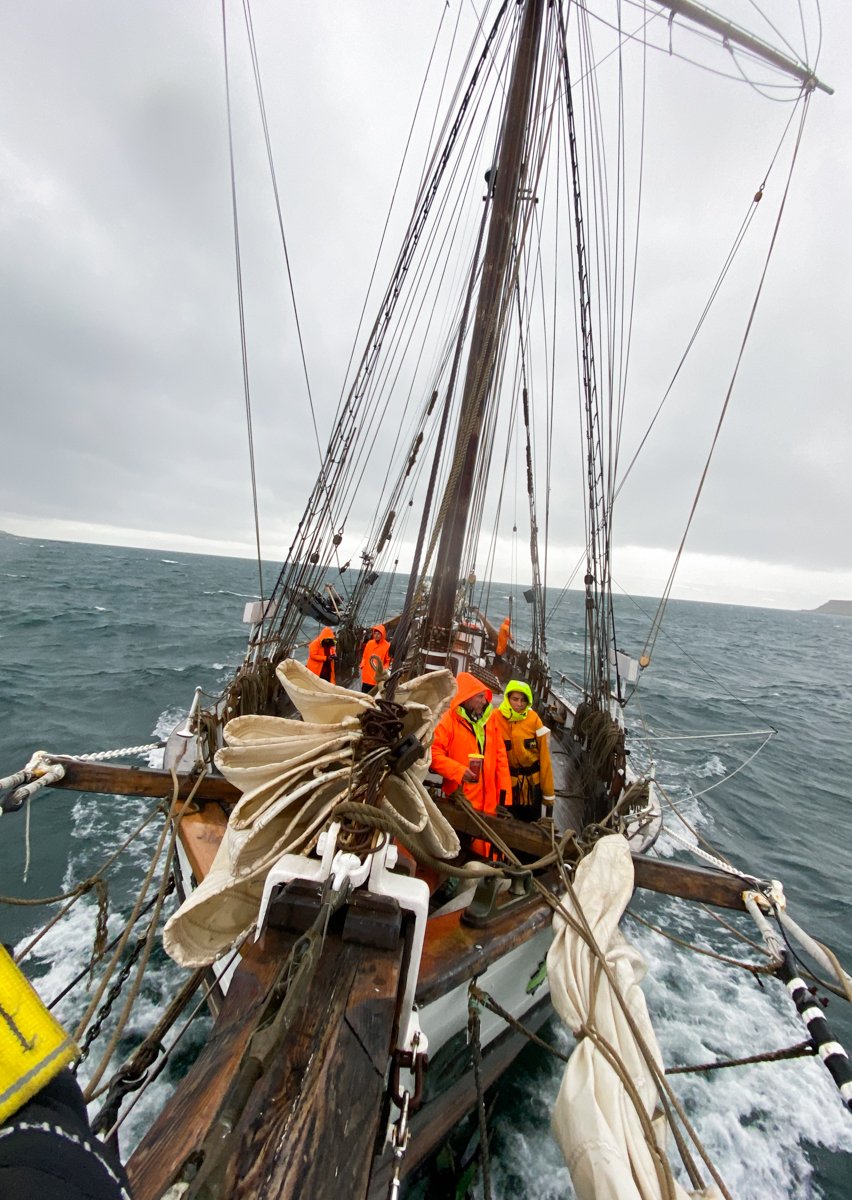
Day 5: The Slow-Down: Beach Cleanup and Our Relationship to Whales
When morning came, we did a beach cleanup at the town of Ísafjörður. It was misty and foggy with the rain coming in. Birds were flying low and there was a pair of crows that I was watching.
It was a more spontaneous, slow day. I had time to take my first shower back at Opal and then walked around town. We all split up and did our own exploring; I stayed inside mainly to help with lunch and rest my body (it was that time of the month for me!).
We played this game called Half Earth while waiting for weather conditions to clear up for sailing. Belen spoke to us about the relationship between humans and whales; orcas help humans find food and then in return humans will feed them.
Day 6: The Art of Suffering: Rough Sails and Fire Scare
Today was a day of wet clothes, cold chills, and rough sails. I felt sea sick all day and no amount of motion sickness pills worked. Parts of my body felt a bit bruised from the crazy sways of the ship that slammed my body onto the walls, doors and other furniture every time I tried to get anywhere. A few of us were watching some old films about the sea. I had to lay down most of the day to avoid nausea.. Vasalikki said, “why do we like to suffer?” Haha, in my mind I’m like, “to suffer is to live, to live is to suffer!” I felt like I was dying but at the same time I did not regret it one bit.
At nightfall, laying down in my bunk bed did not even help with the nausea anymore. The waves became even more rough that I almost fell out of my bed. The fire alarm rang–I popped up quickly, turned on the lights, and checked to see what was going on. I had an adrenaline rush and thoughts rushed through my mind, the possibility of us all dying here at sea. Then we found out that it was a false alarm caused by a leak triggering it.
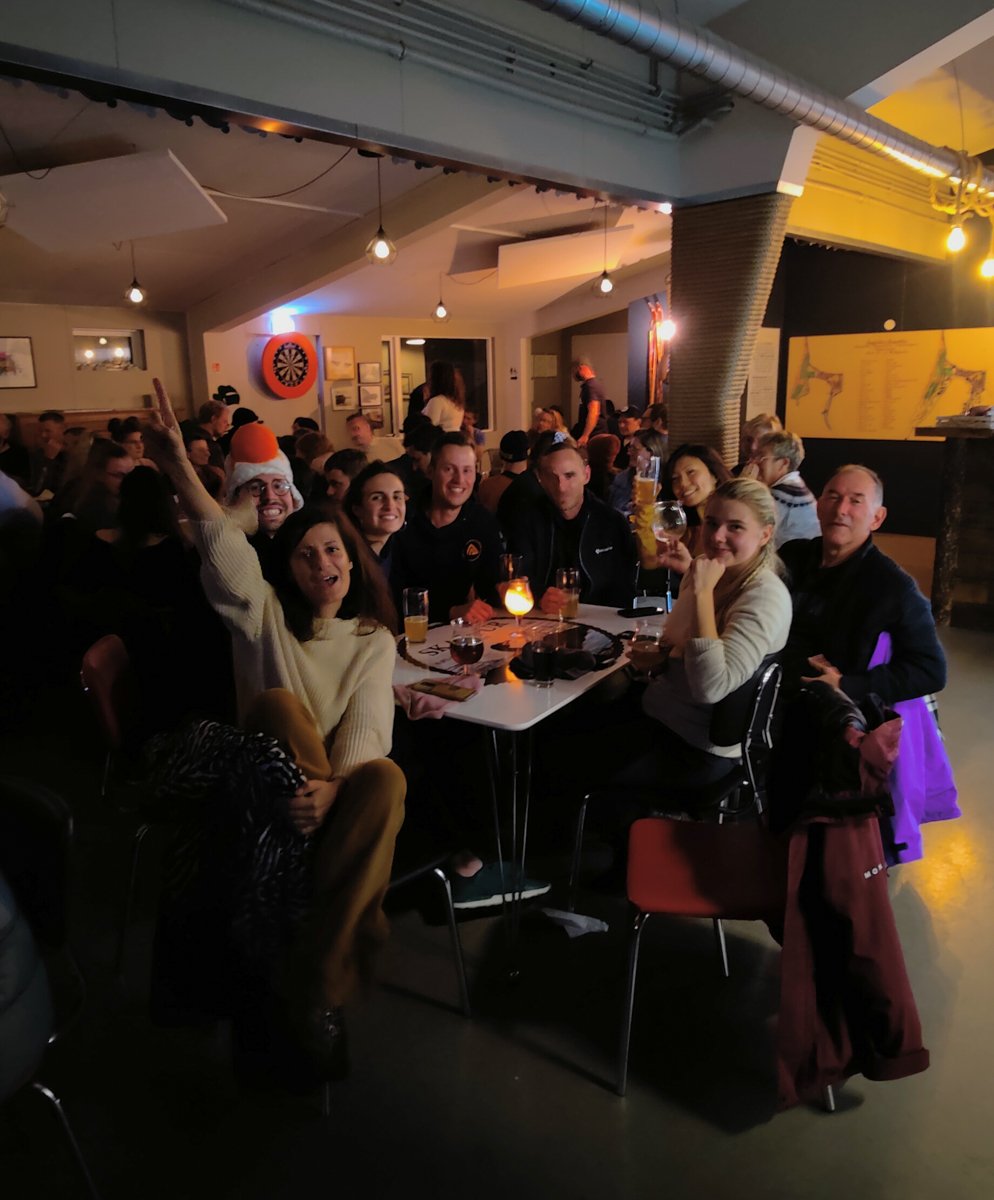

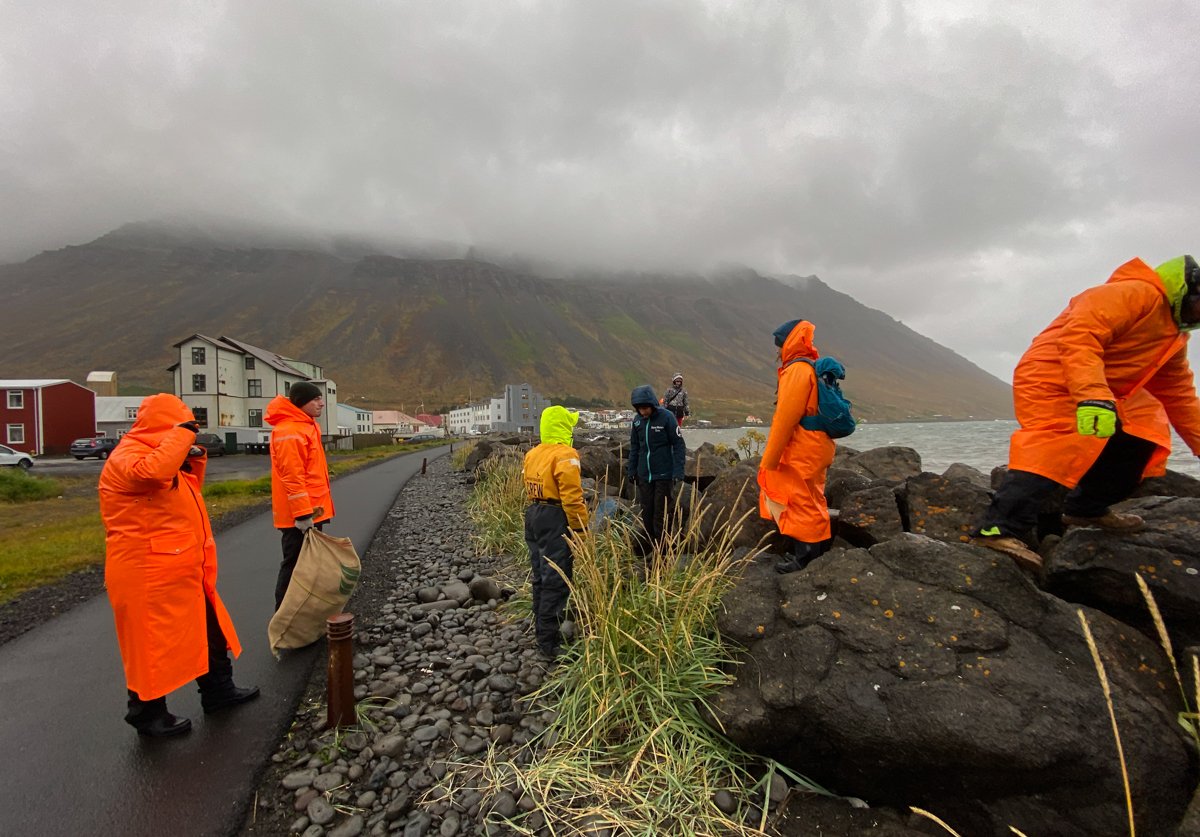
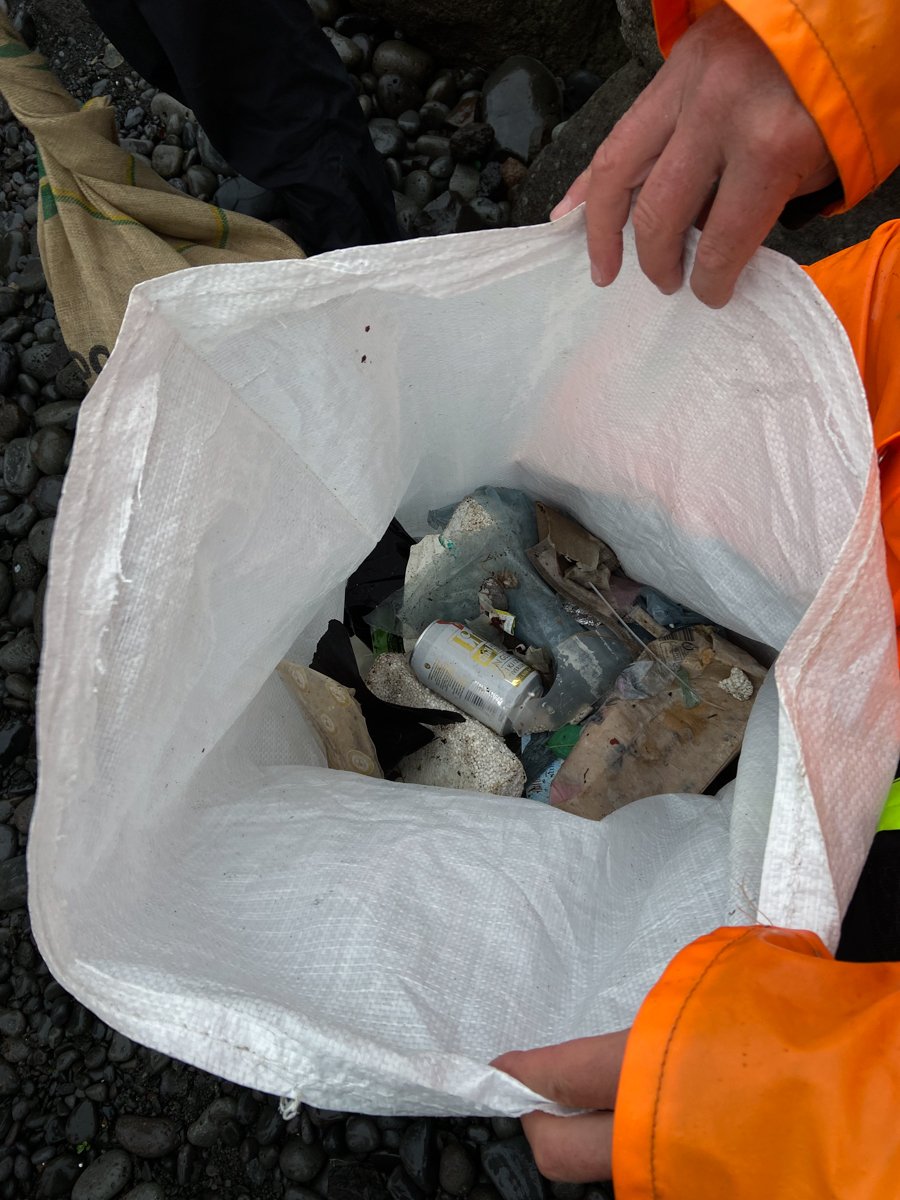
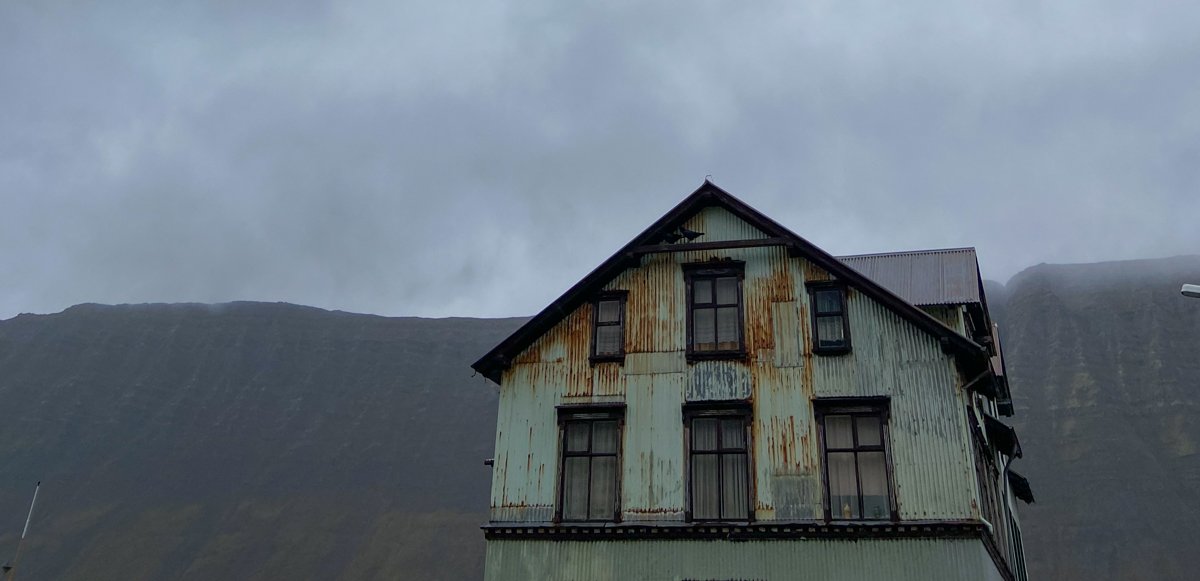


Day 7: Akranes to Reykjavík: Ocean Missions Wrap-up
We had continued to wrap around the Northeastern fjords and arrived to Akranes. Here we did another beach cleanup, surveying only the first 100 meters–this data will then contribute to the global database of beach trash around the wold. Back at Opal, Belen gathered the whole group together and presented Ocean Mission’s story and ongoing projects, the future of the program, and the current ocean issues we face.
Most people think of the ocean for food only; there are many rumors and false beliefs that whales are eating all the fish and we need to kill them. But in fact whales are part of the important nutrient recycling services in ocean ecosystems. Their poop recycle nutrients back into the sea and they are then consumed by other ocean creatures like phytoplankton. This process is what keeps the oceans healthy. The ocean is indeed important to earth as well–it provides oxygen for us.
Unfortunately, Iceland does not have other ocean conservation initiatives. Whaling and unsustainable fish farming are two things that still exist in Iceland. What Ocean Missions aim to do is to educate people about these issues and inspire people to speak/act, rather than telling people what to do.
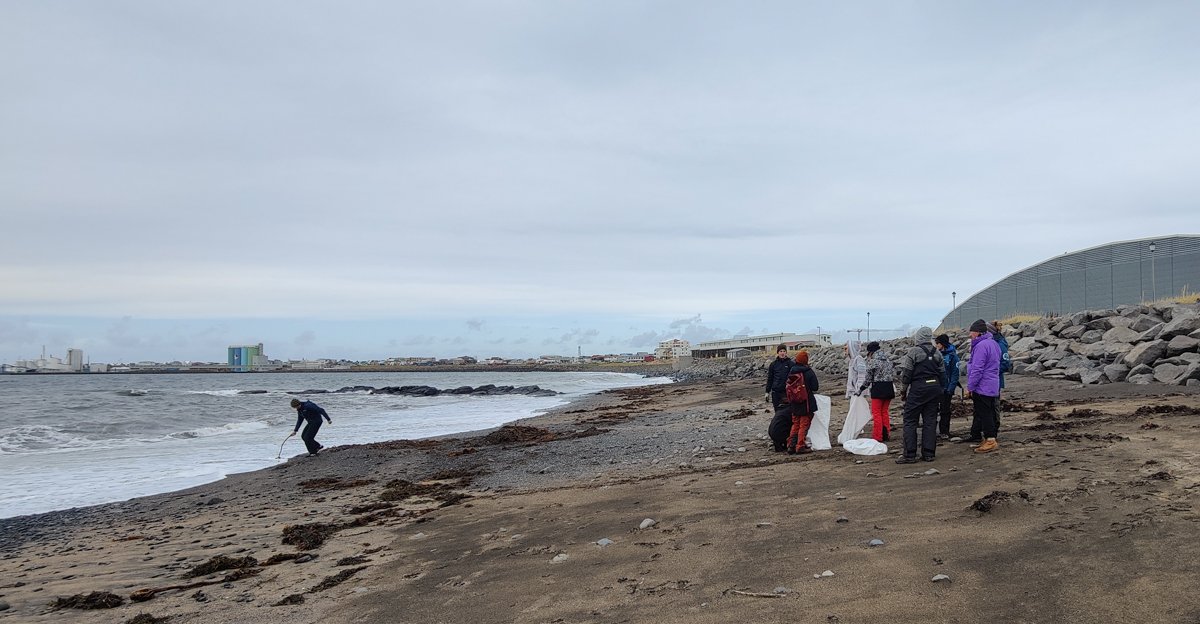
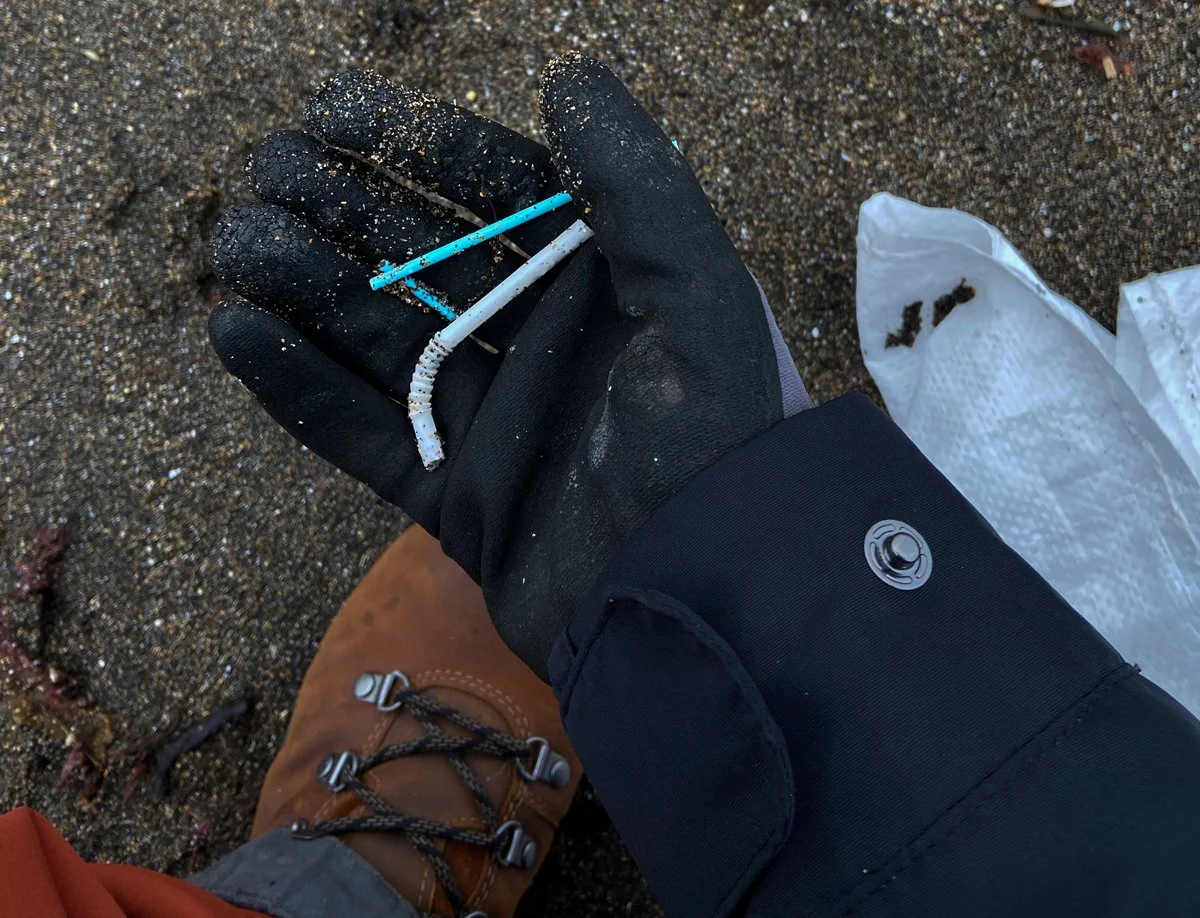
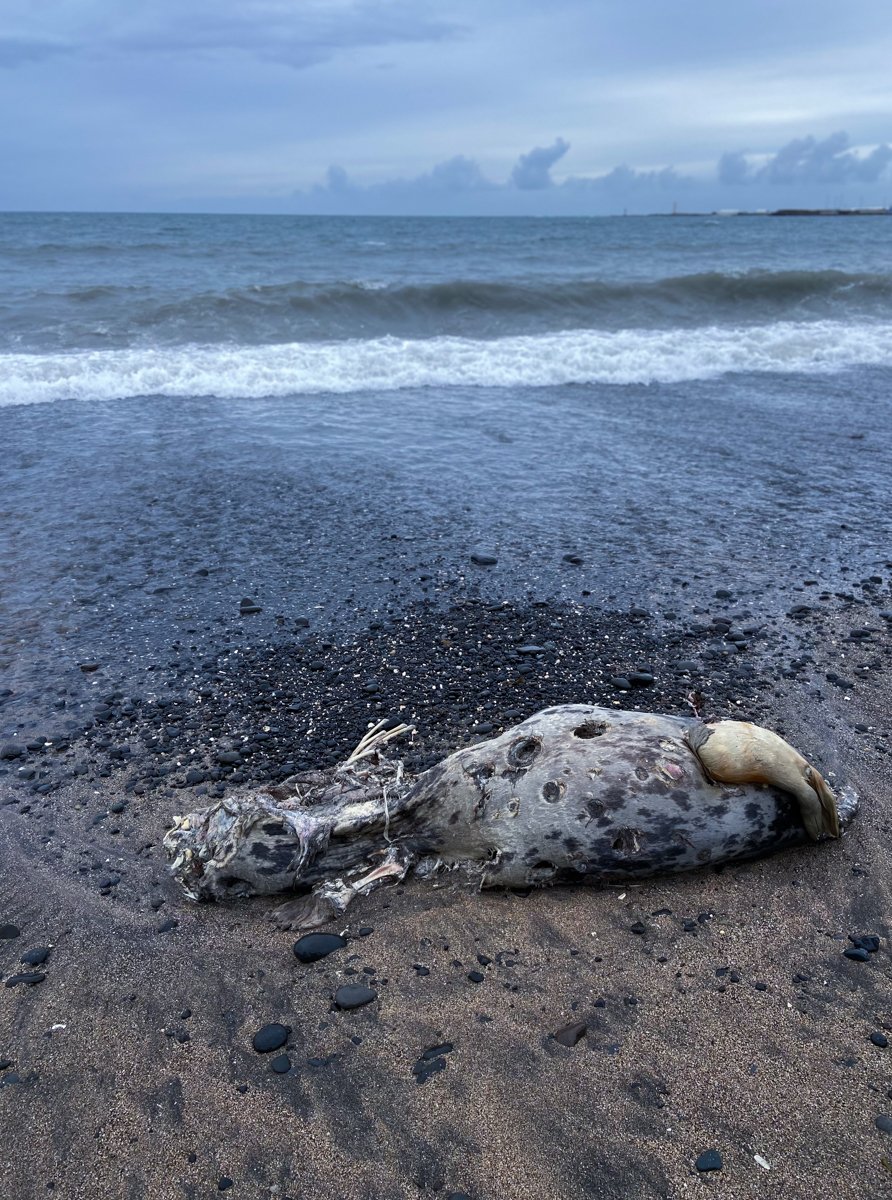
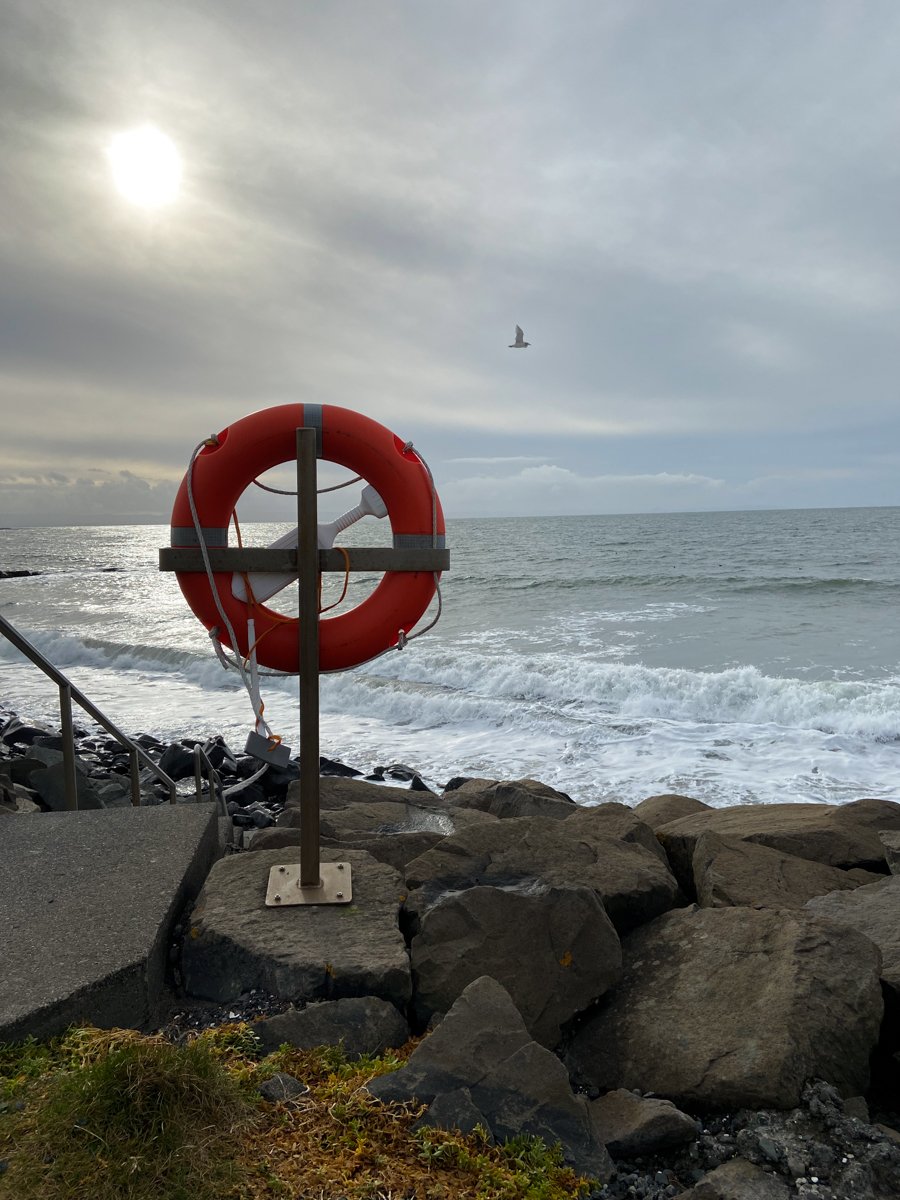

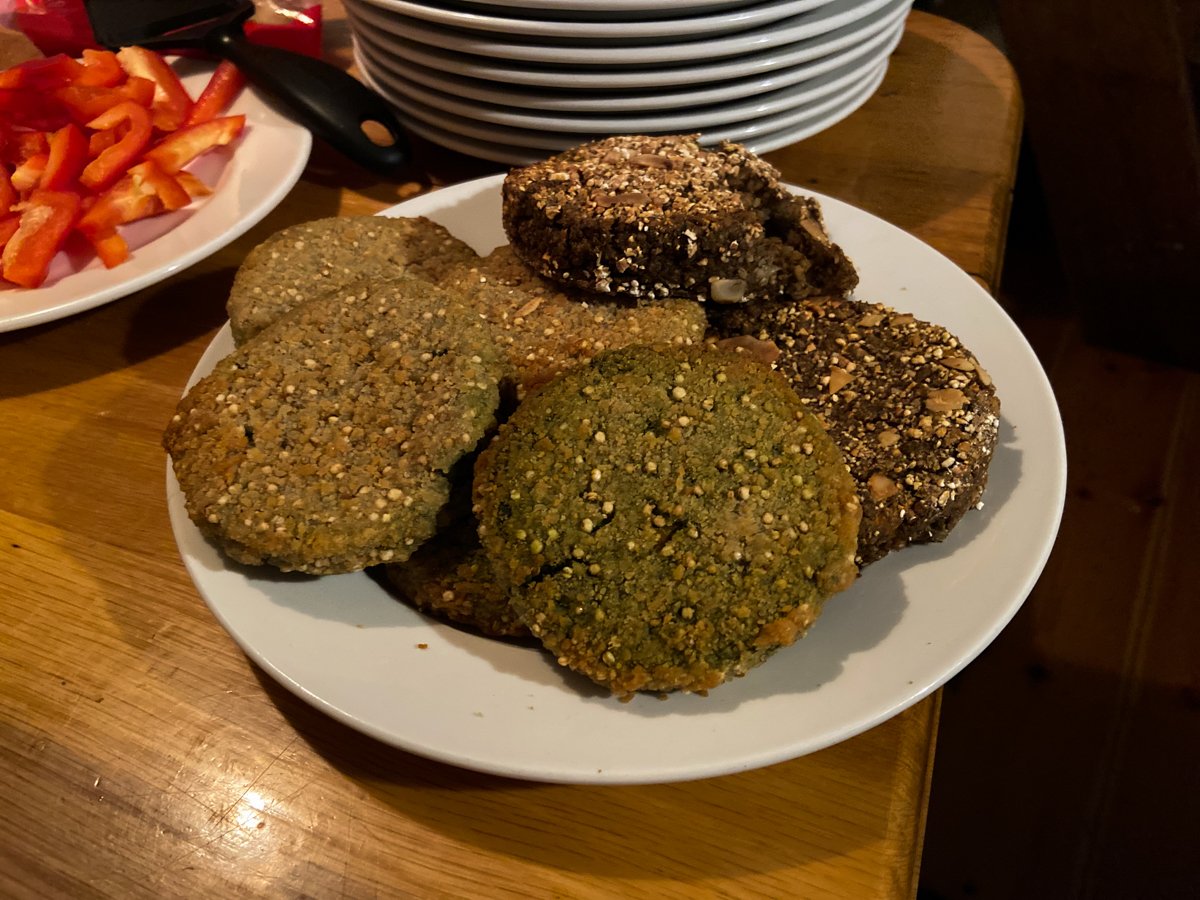

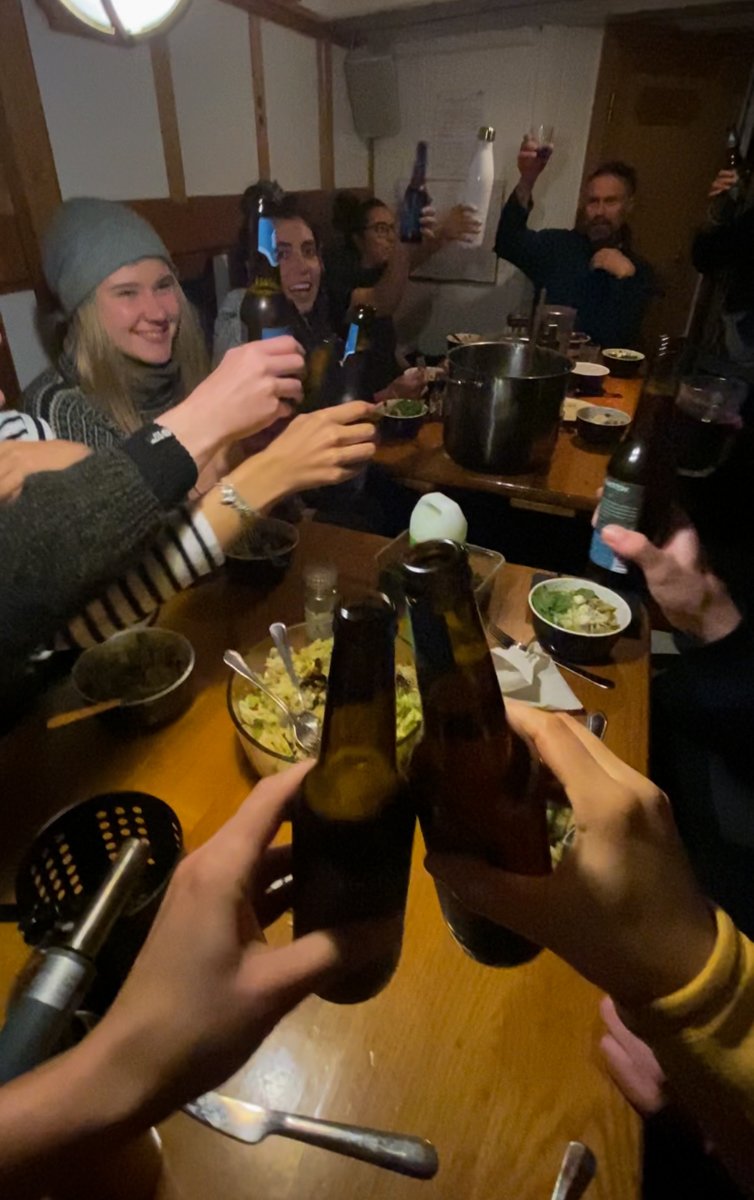
Reykjavik: Being in the Present
For a few days, I still felt "land sick" while staying in Reykjavík. I took long walks alone in the cold and windy nights. Some of the OM family were still in the city after the expedition. We visited the Icelandic Phallological Museum, shared some meals, and watched Polaris for the film festival. I feel less anxiety and have the ability to relax. Reflecting on one of my favorite parts of the sailing expedition was cooking with Carlota in the kitchen together. Something about that experience felt comforting, warm, and familiar; maybe it’s the fact that it’s an art of love. This makes me want to learn to make bread and learn the art of coffee making.
I also dedicated a full day to being present and “treating” myself. Started the morning with an avocado toast and cappuccino at Reykjavík Roasters. Then took a trip to Sky Lagoon, no phone and no pictures, just being in the water. I loved the natural scrub; my skin felt so amazing afterwards and I just went bra-free for the rest of the day. Then I had my comfort food: pho noodle soup and Vietnamnese coffee. Ended the evening with a Wim Hof breathwork class at Andri Iceland. Then I had a craving for wings and beer so I ordered it by my stay and then got a good night sleep.
First Time Snowmobiling
Iceland has been the place where I’ve had my many first-timers (like glacier hiking and ice climbing), so this time I went with trying snowmobiling on Langjökull. It was scary at first, but I started to gain confidence at the end. Just trying to go for the scary things.
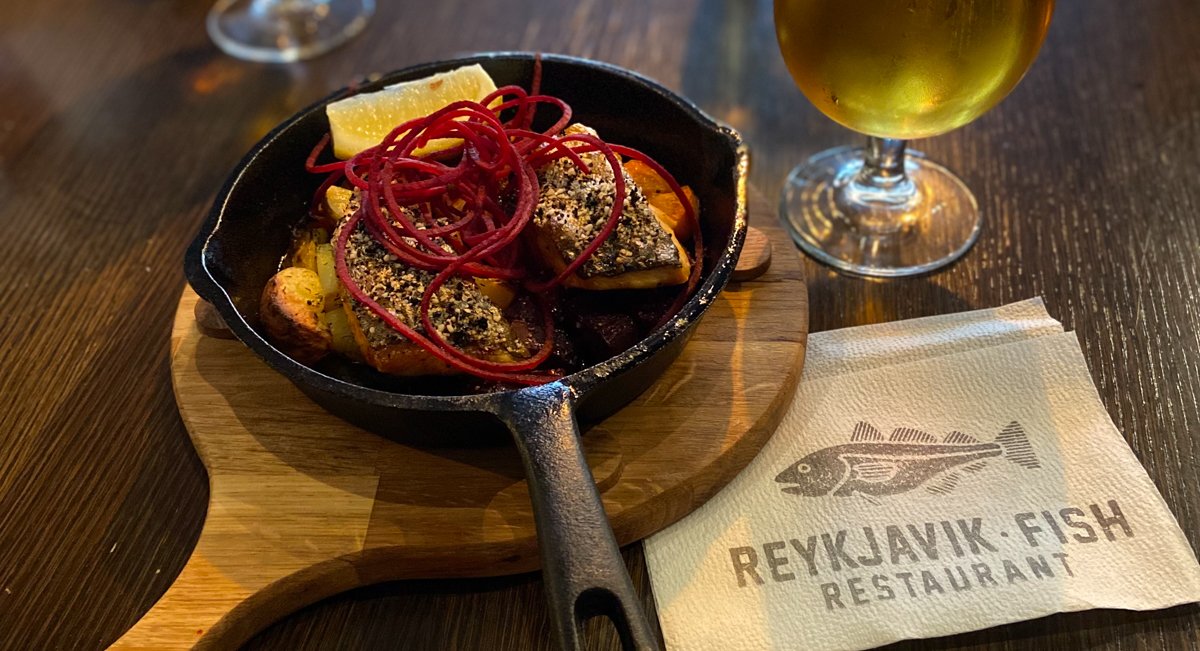
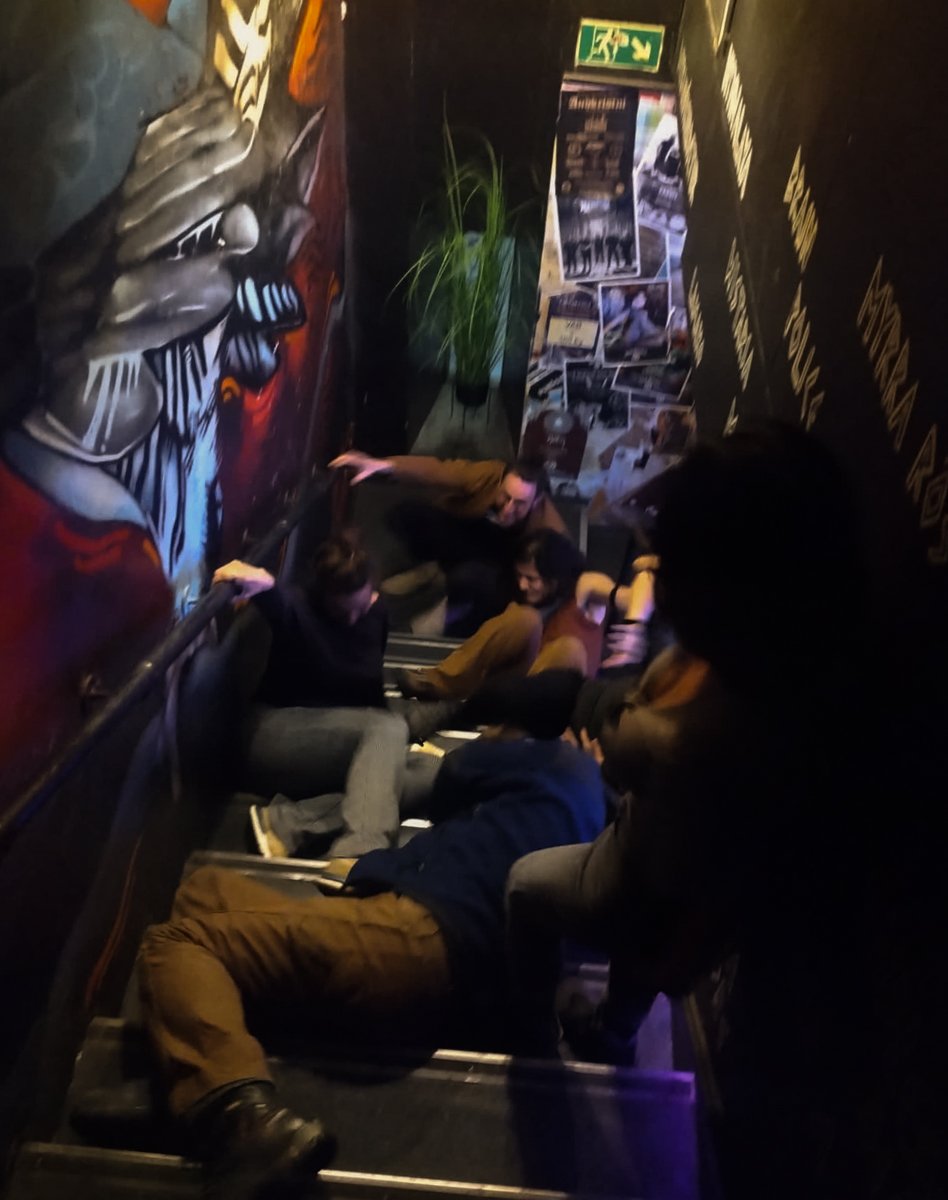


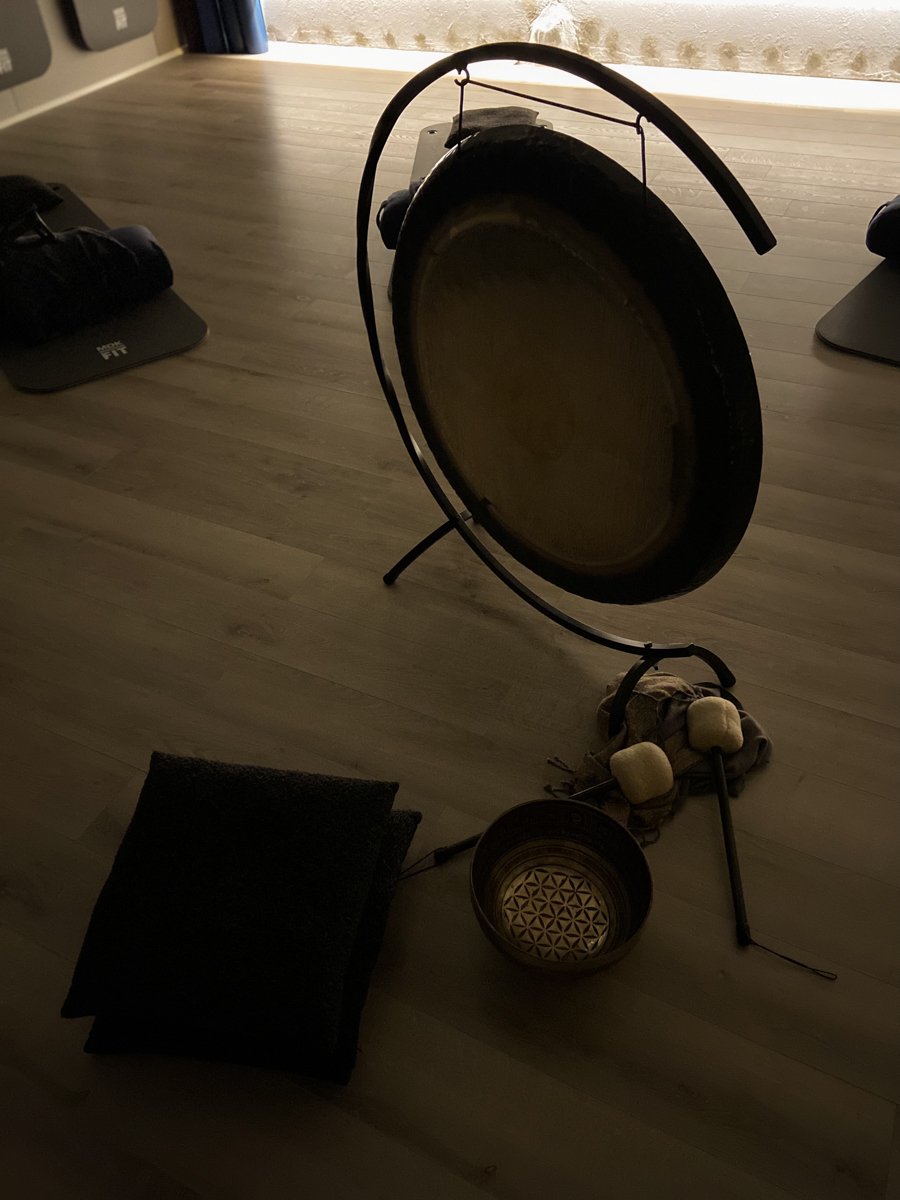



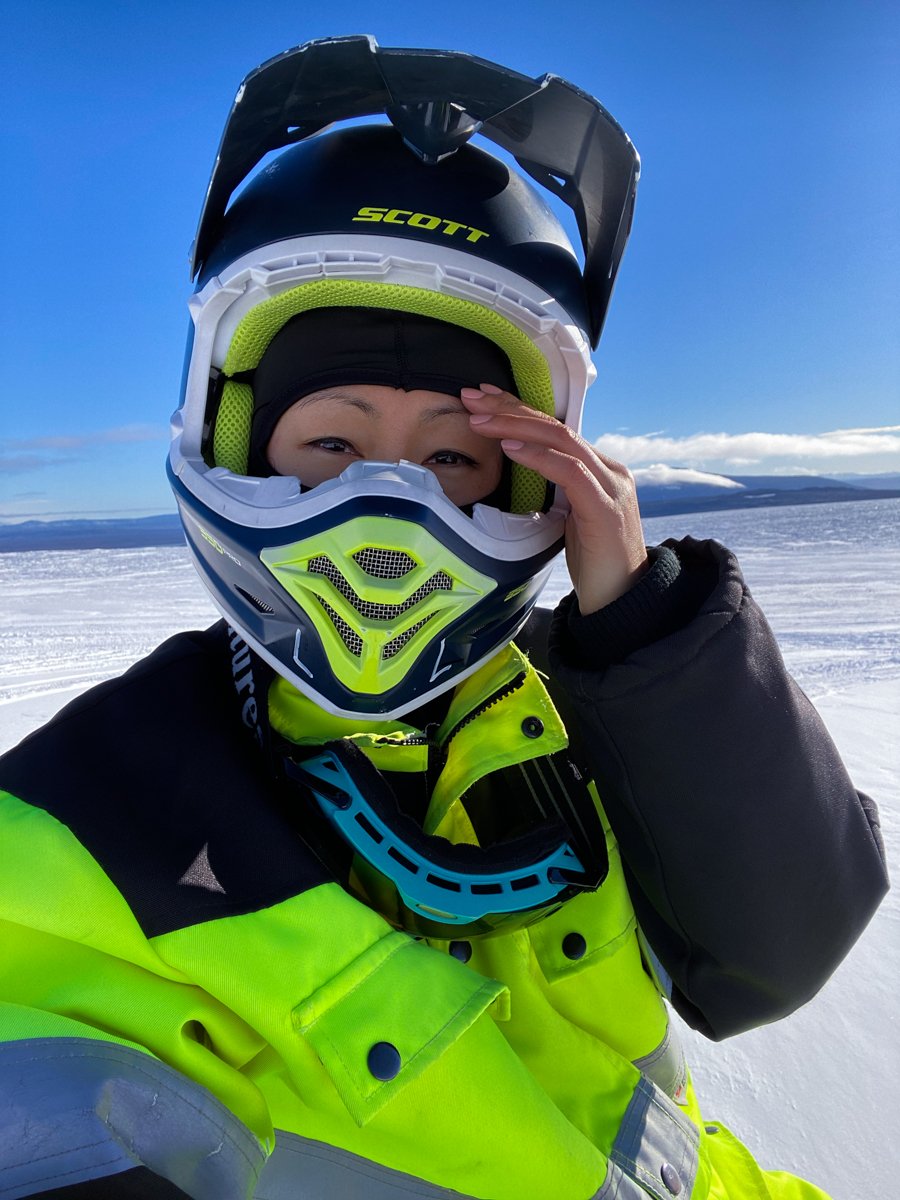
Lava Fields and “Undiscovered” Caves
The rainy weather was bad in the morning, but that’s a typical day in Iceland. But today an IMO (Icelandic Meteorological Office) guide took me to the Reykjanes Peninsula for a day of lava shenanigans.Somehow the weather was on our side–the windows of sun and rain worked out perfectly for the activities and I was lucky enough to see a beautiful full rainbow!
We walked through the lava fields and visited a few lave caves, and even a “secret” cave (only about 50 people have been in there). That’s because it’s not officially “discovered” by IMO yet. Apparently there are lava cave explorers in Iceland, continuously looking for new lava caves. I have not seen any tourists (or other people in general) in this area.
I learned a lot about the different formations (like shark teeth, the “rose”, etc) and how different textures show the level of aggression that the lava flown through at the given location. It’s also really cool that NASA came to these lava fields to test their rovers because it resembles Mars’ surface as well as some of the weather conditions.

